39 Free Traditional Architecture Photos transparent PNG images
Welcome to our Traditional Architecture Photos collection, featuring 39 free AI-generated images that celebrate architectural heritage from around the world. Browse through our diverse collection of stock photos, 3D objects, vectors, and illustrations showcasing classical building designs, historic landmarks, and traditional architectural elements. All images are available in high resolution for free download, and you can utilize our 'open in editor' feature on any image's detail page to adjust the prompt and regenerate variations that perfectly match your vision.
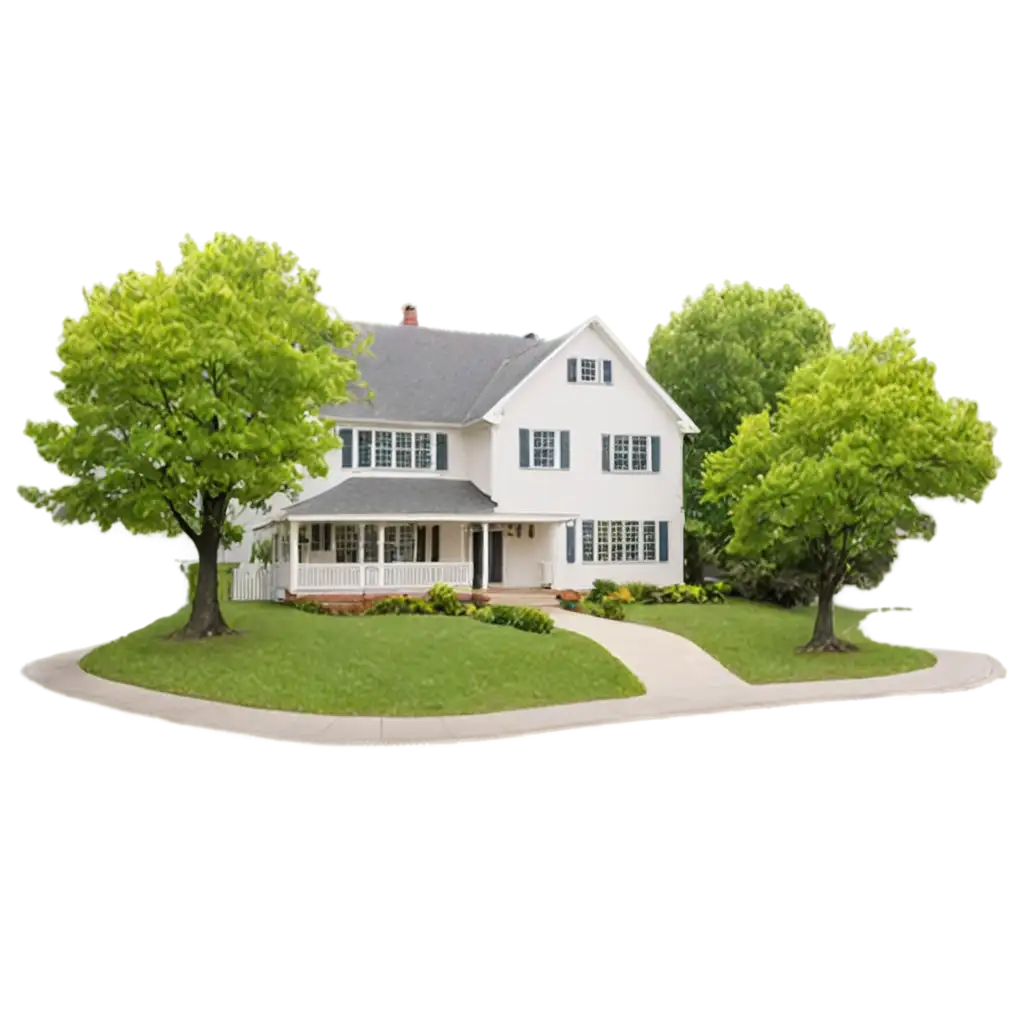
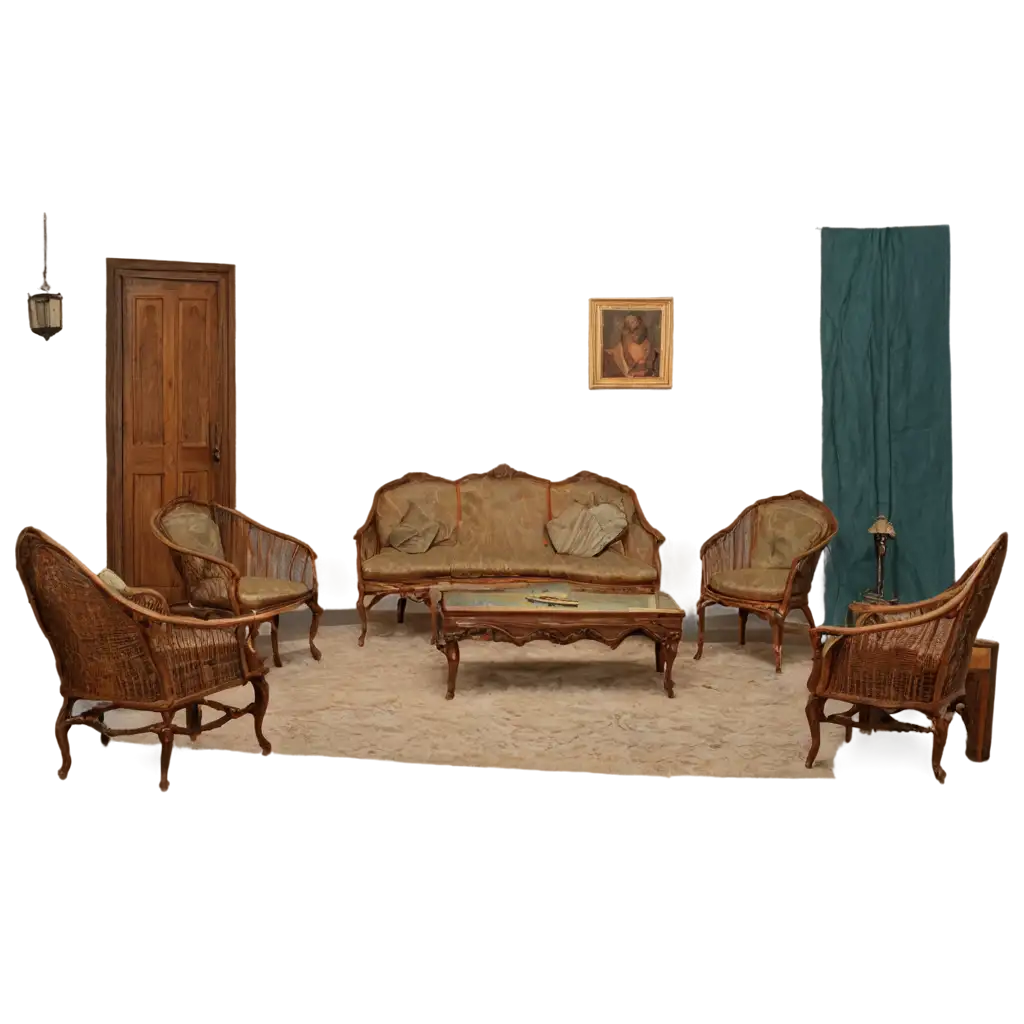
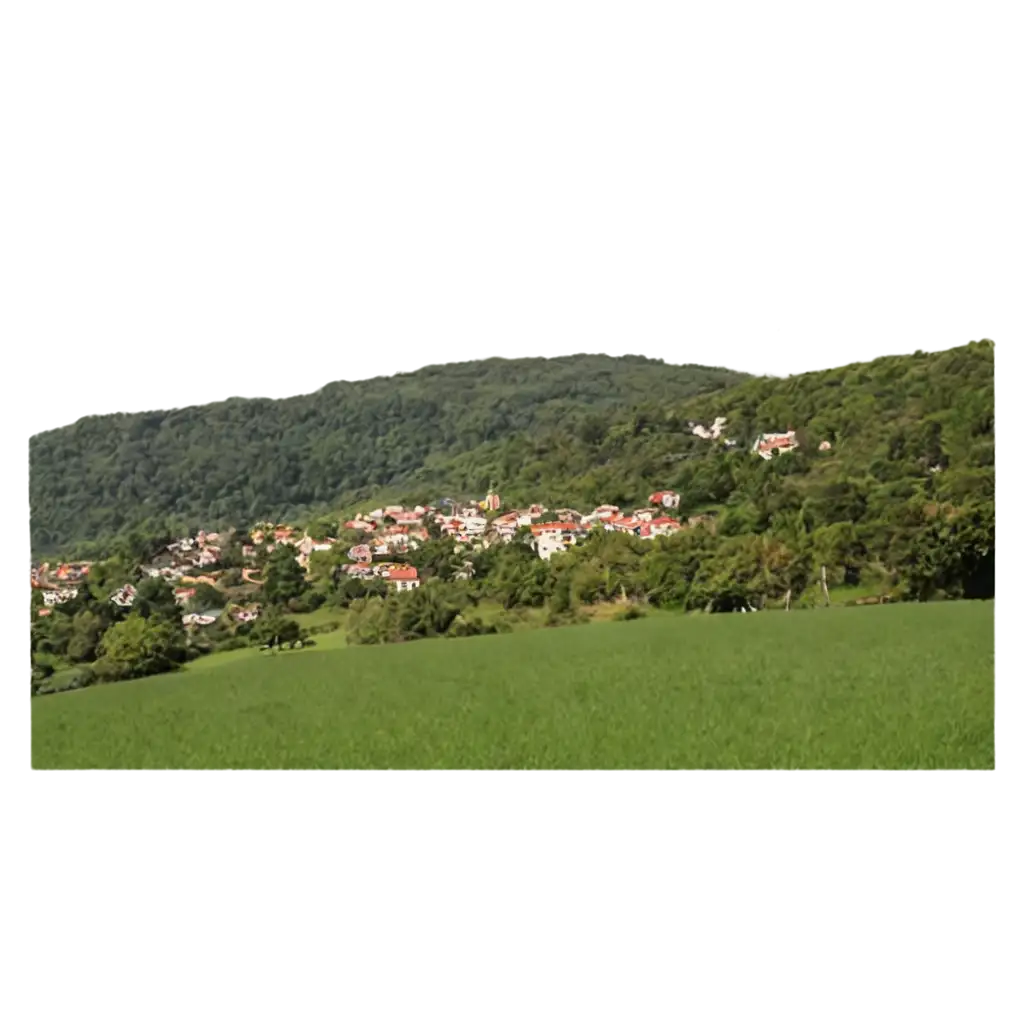
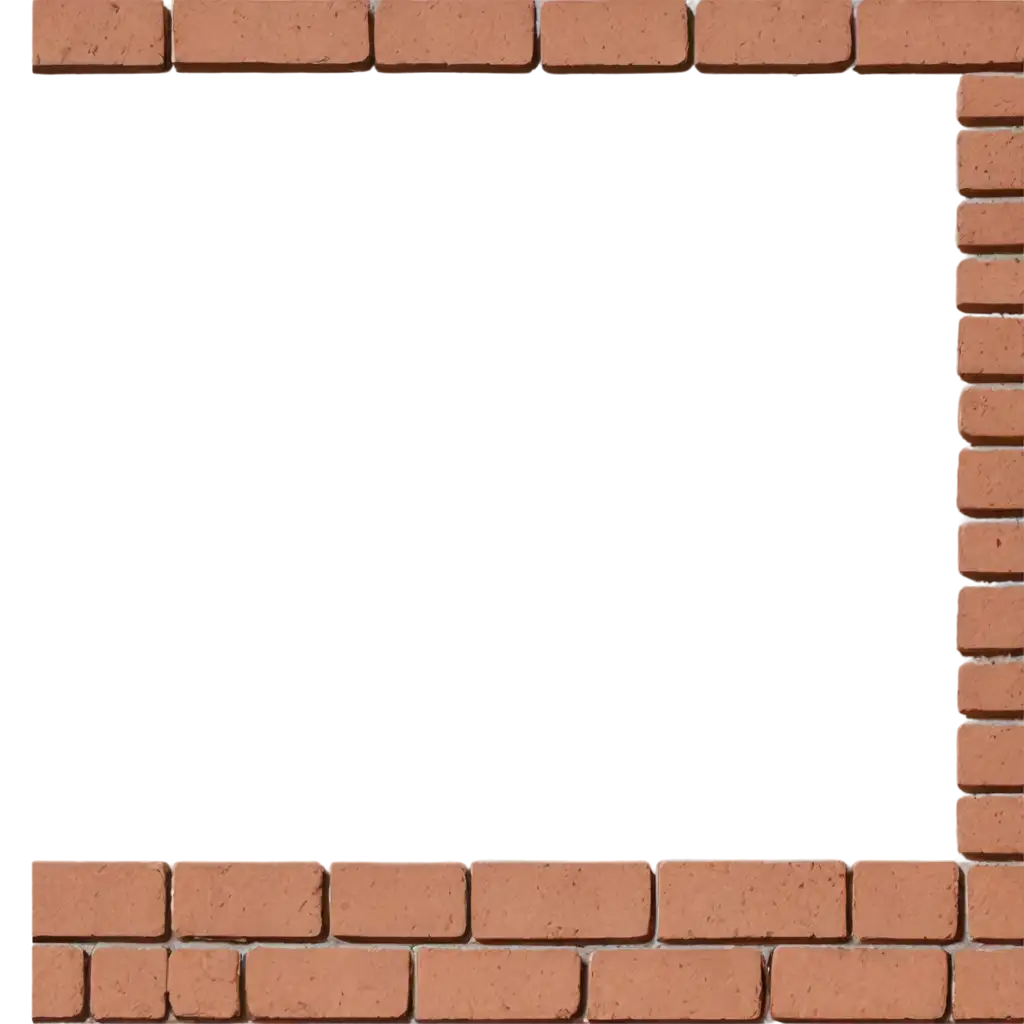
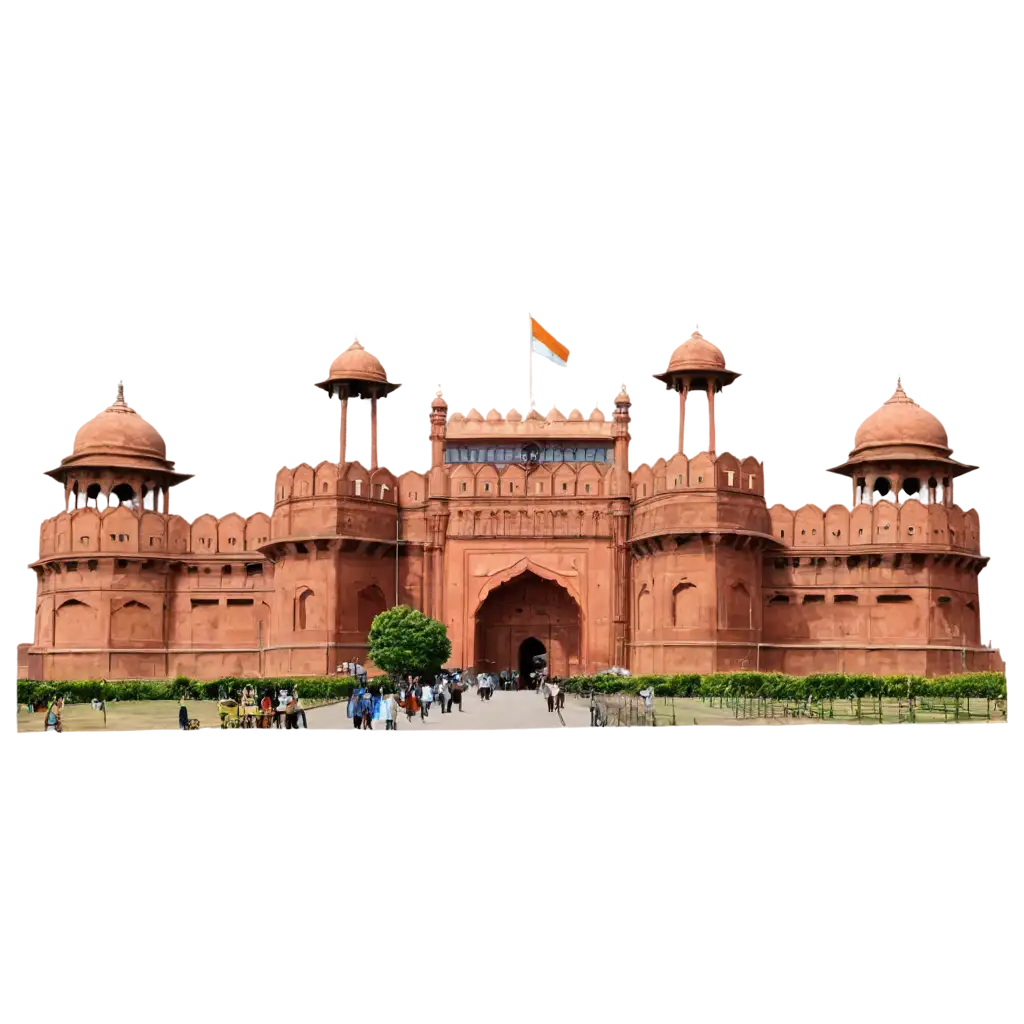
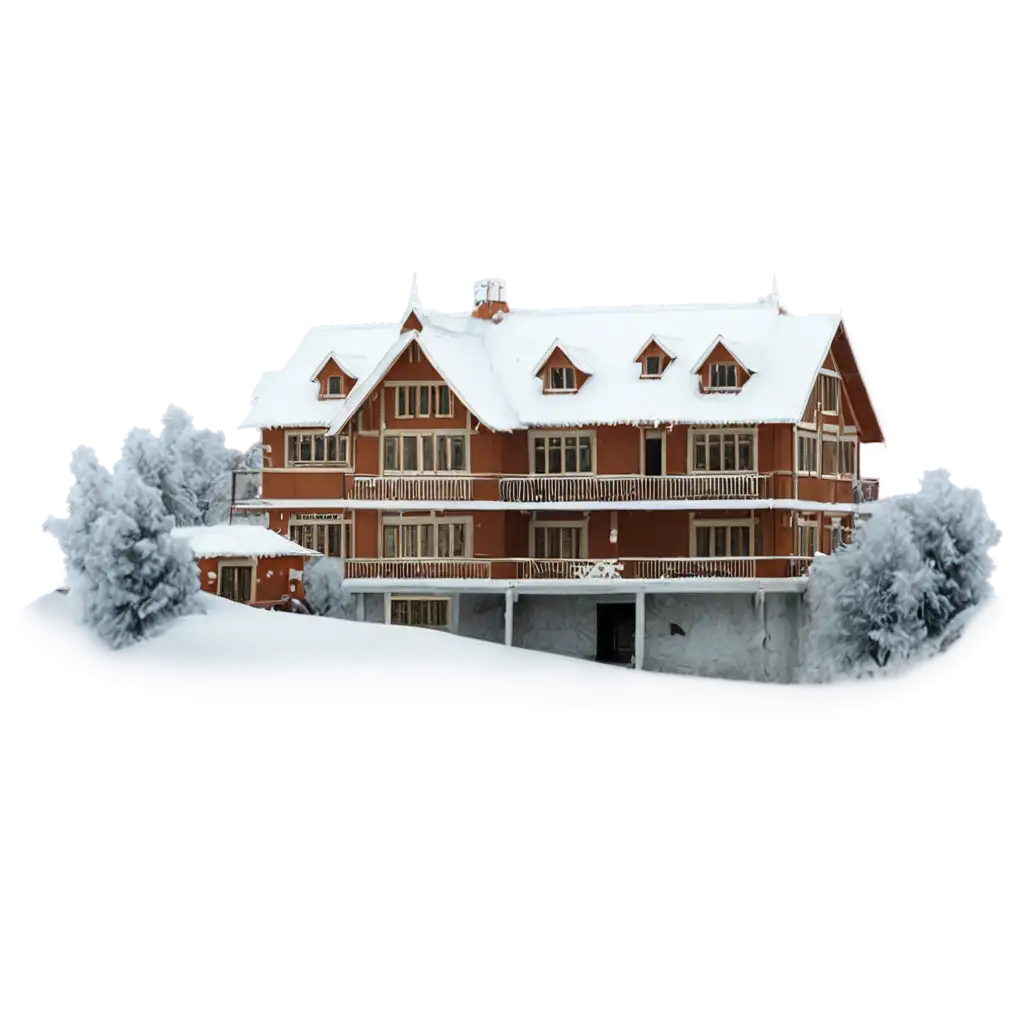
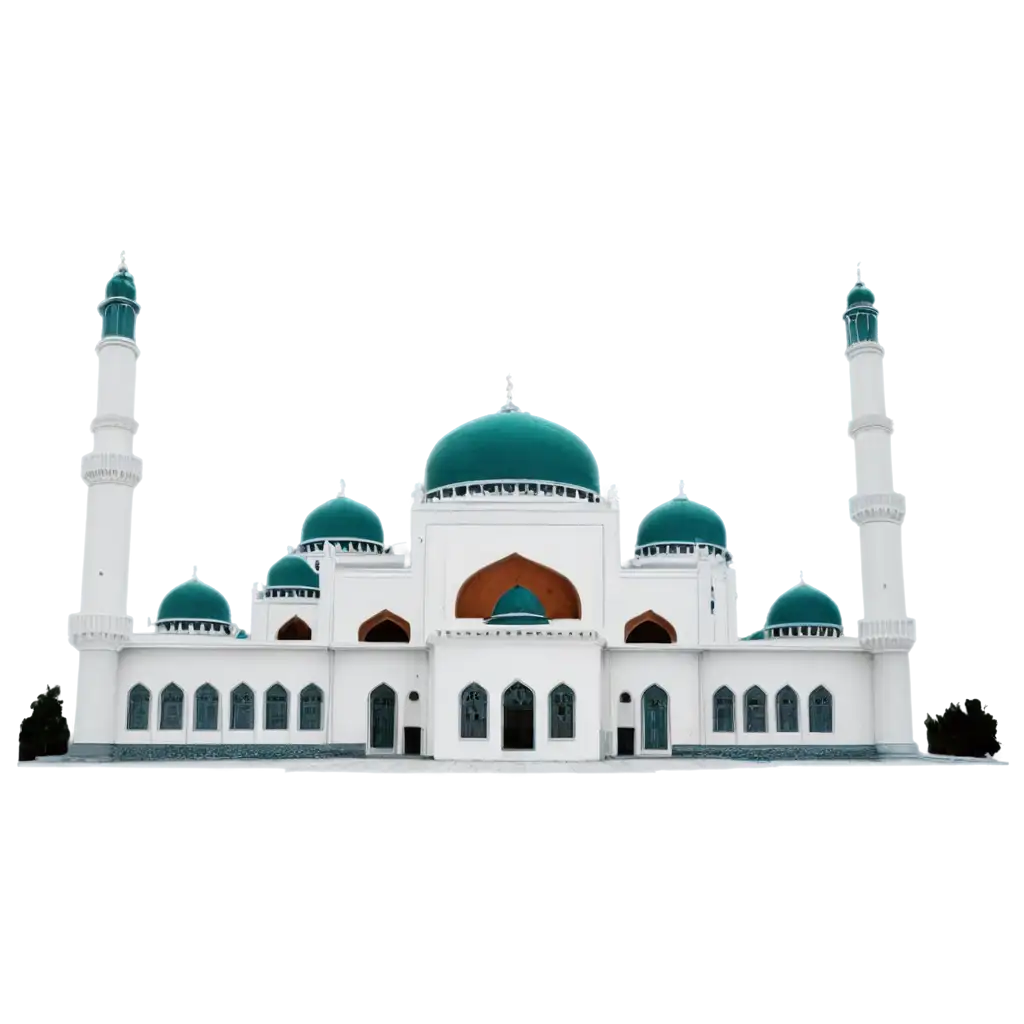
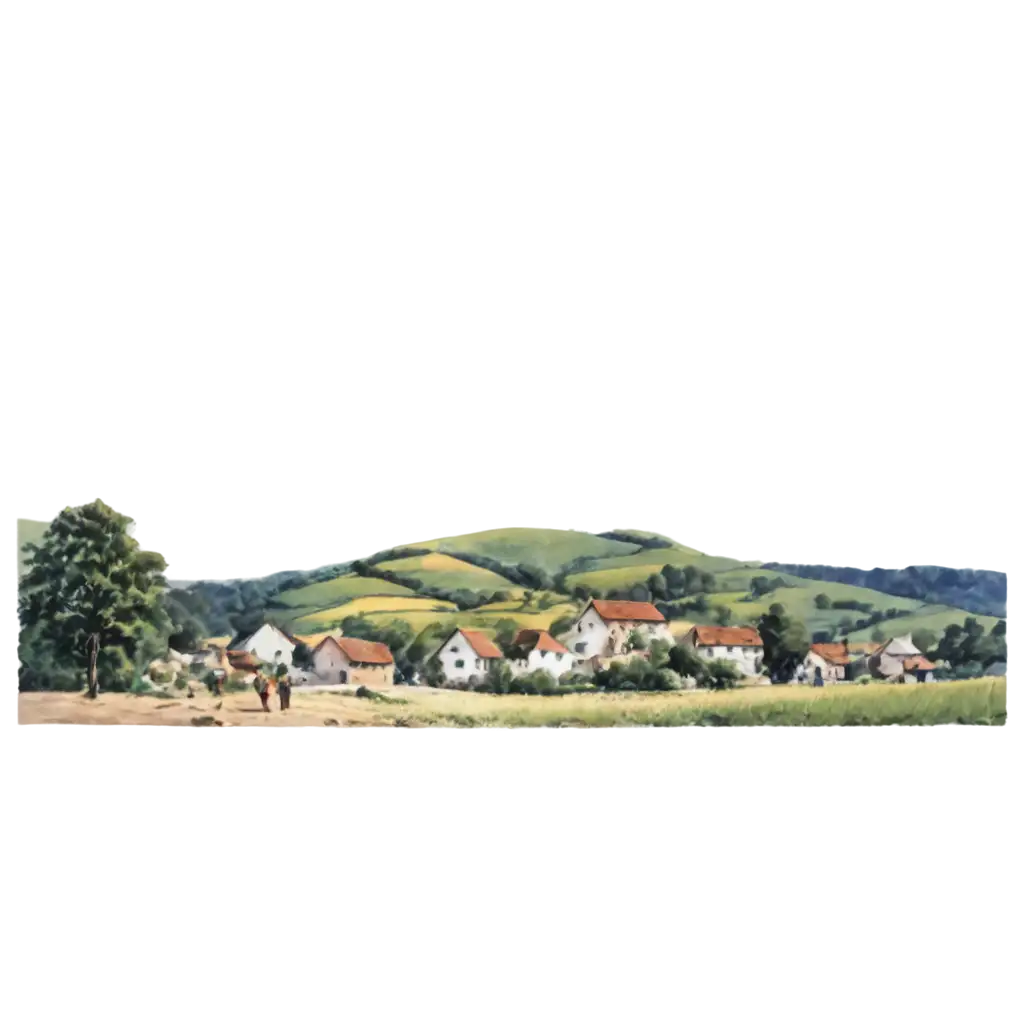
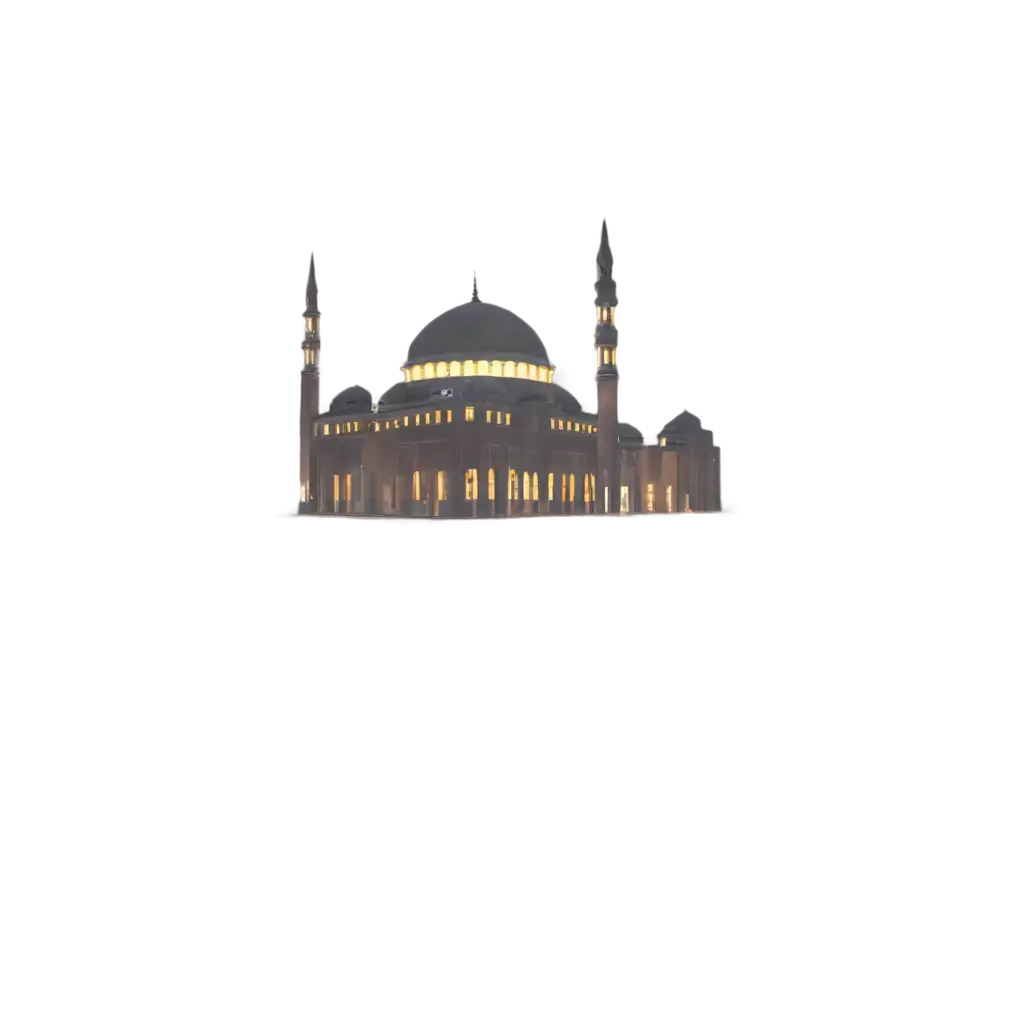

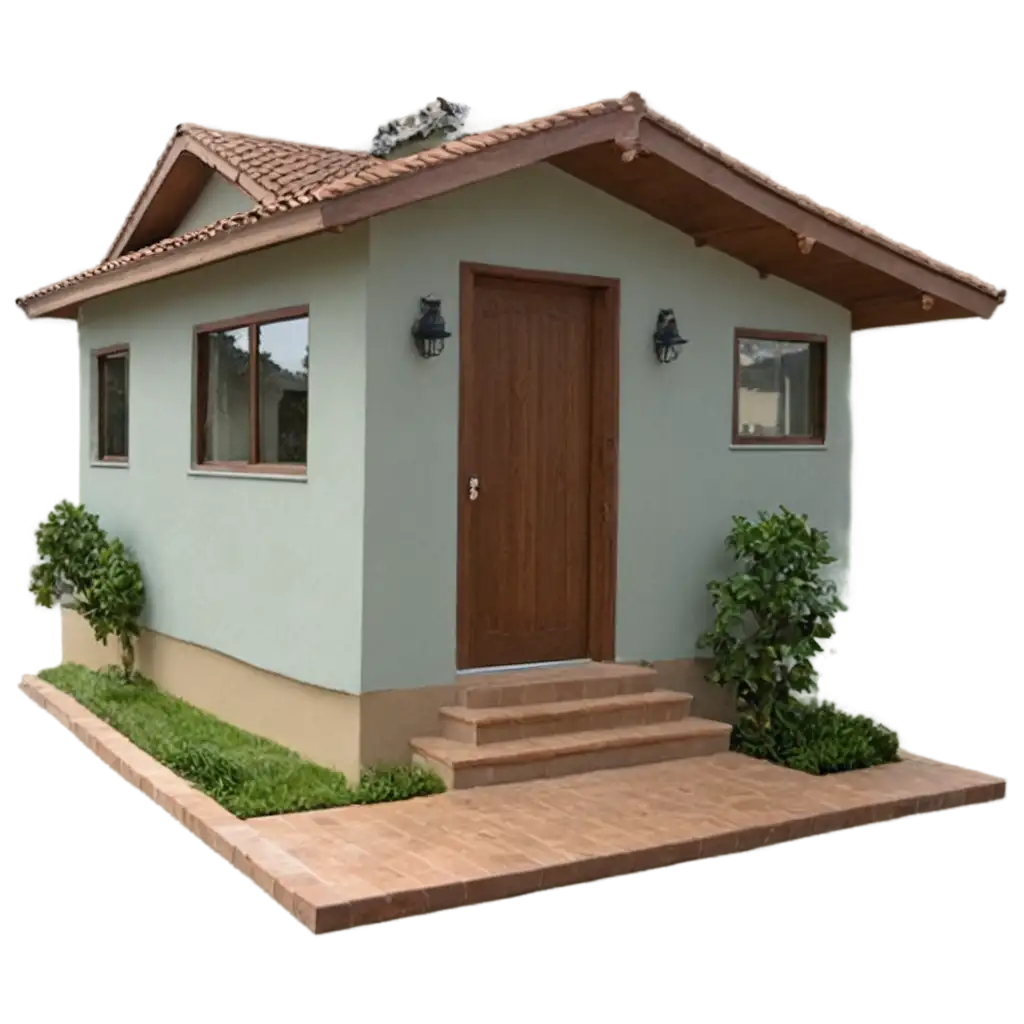
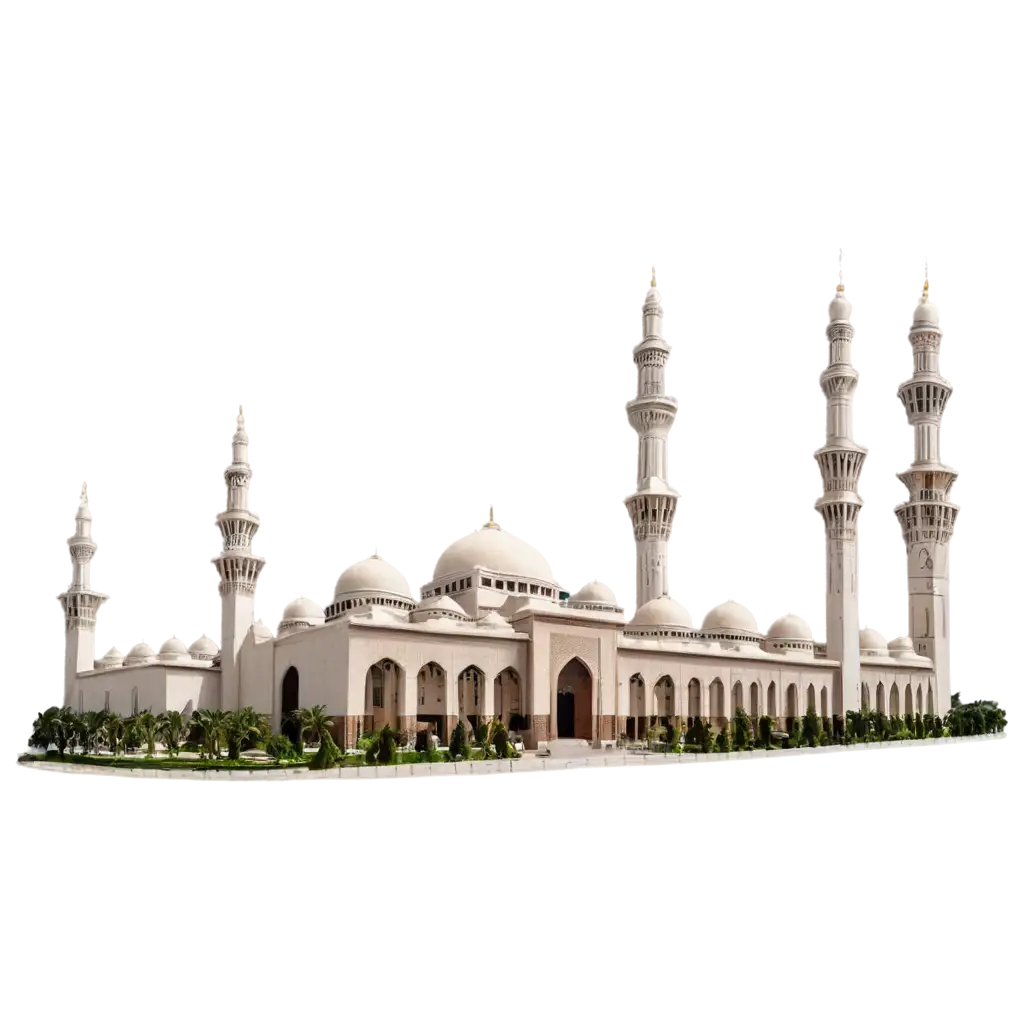

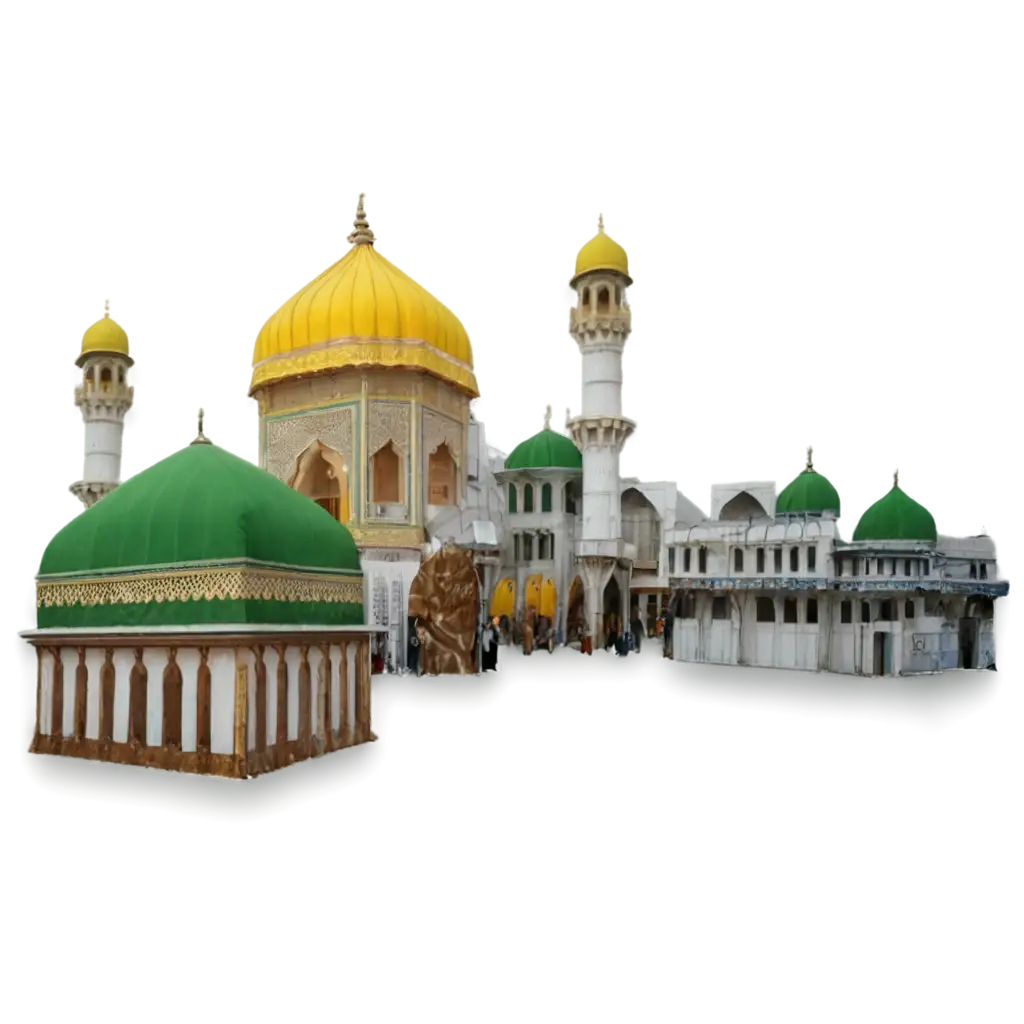
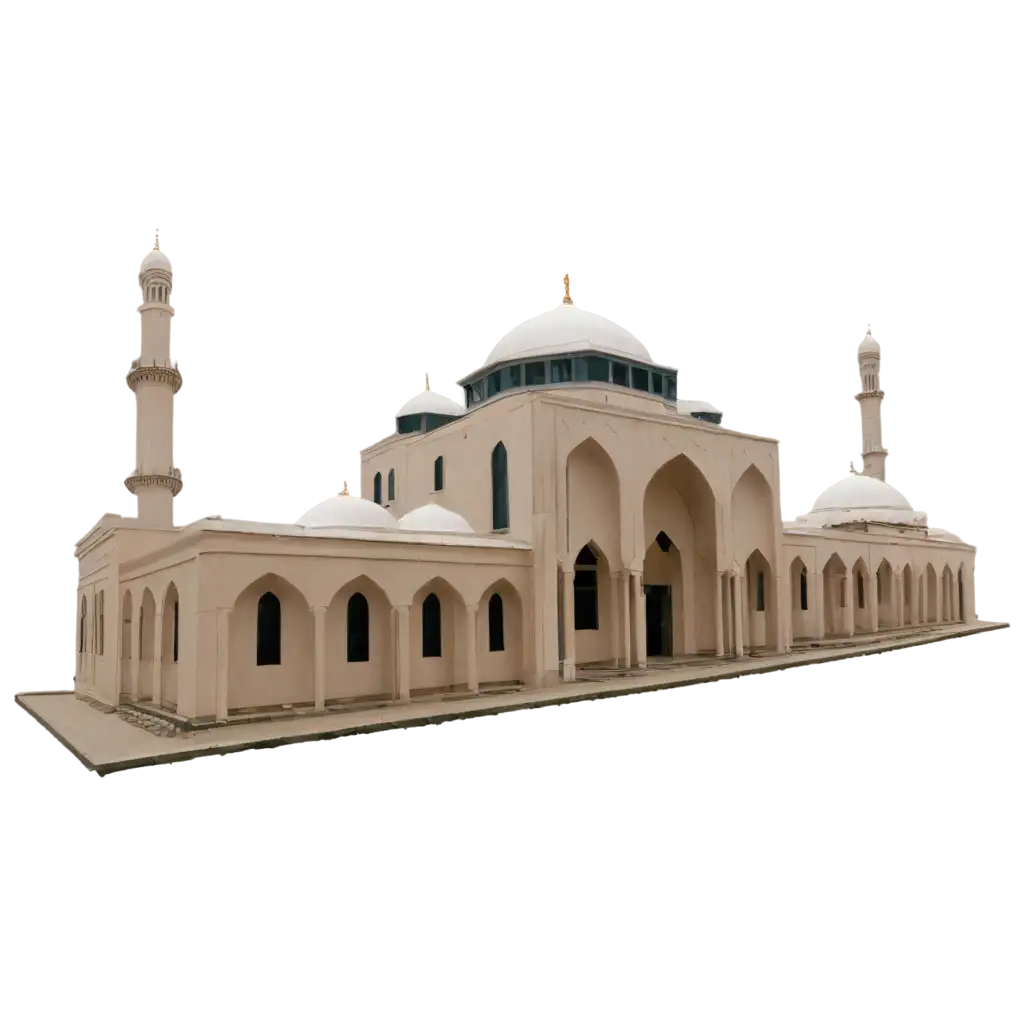
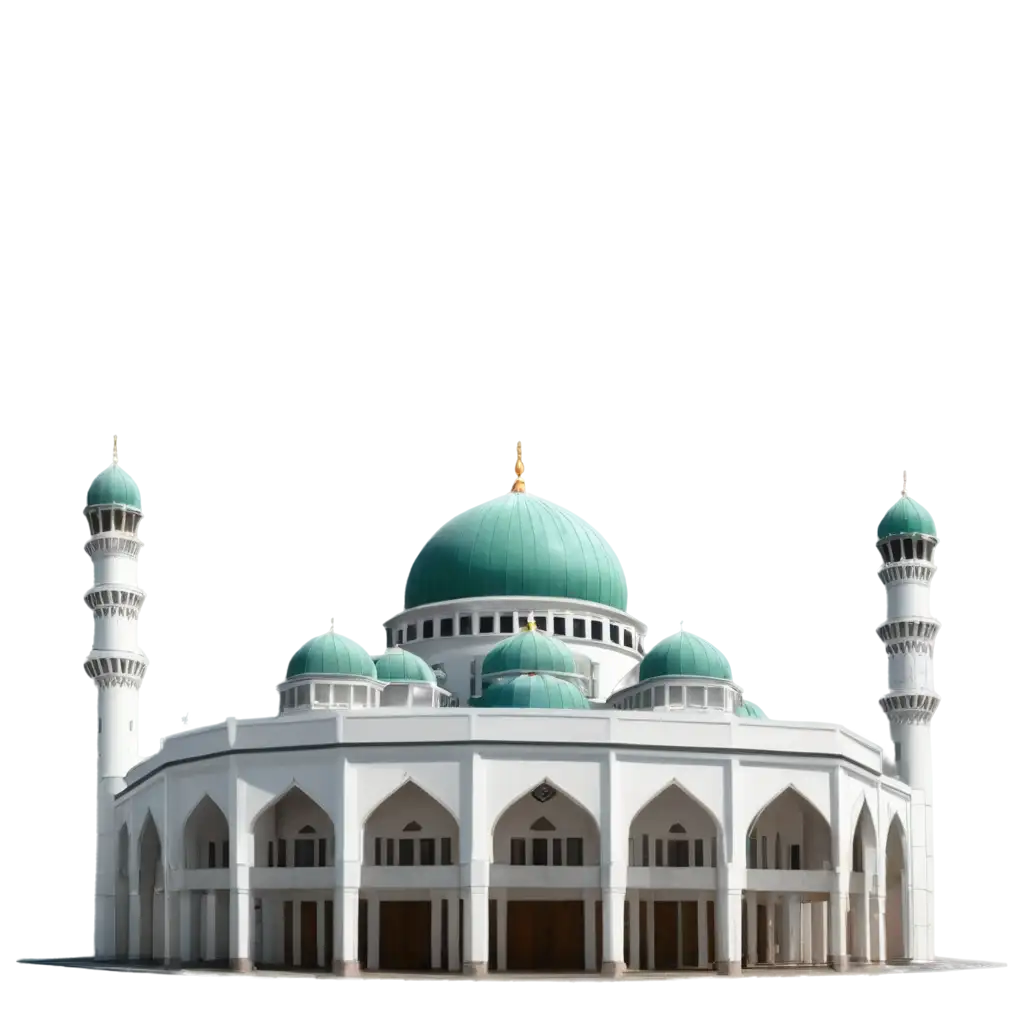

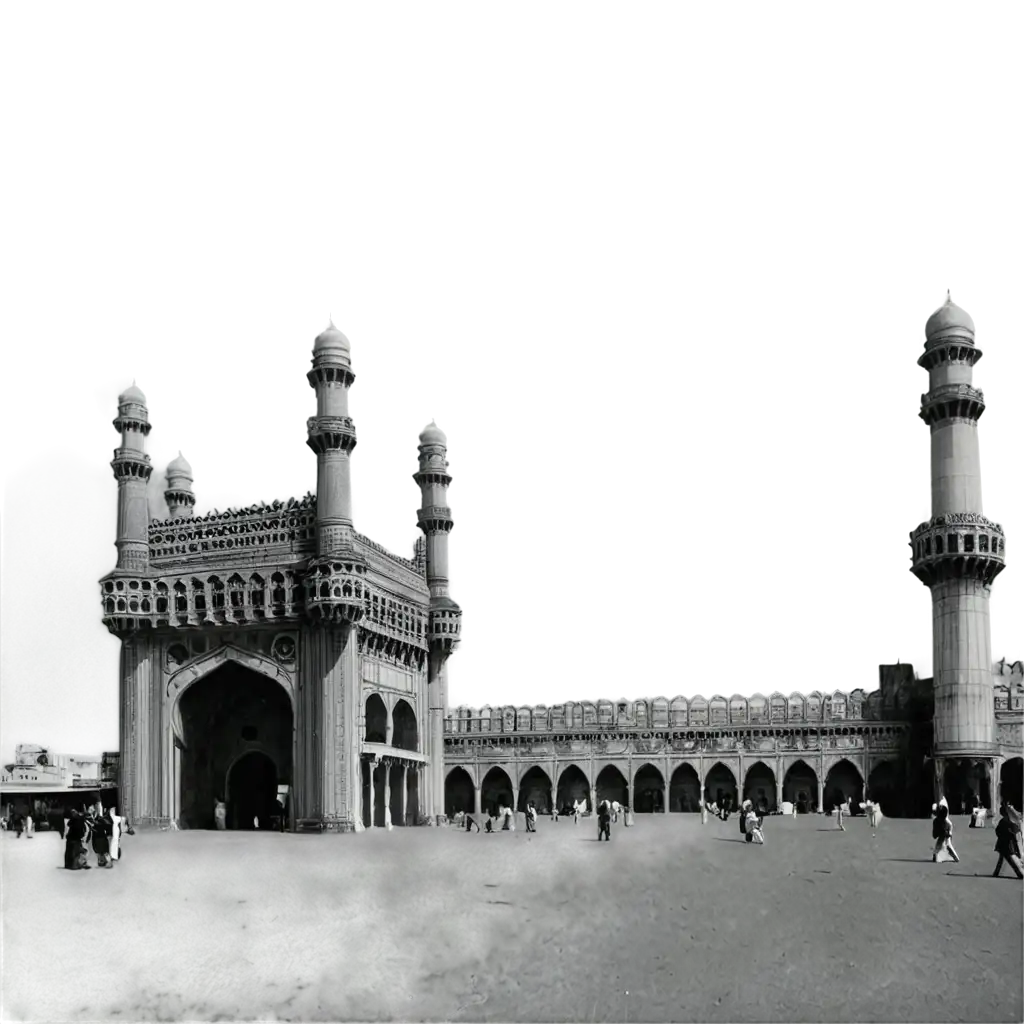
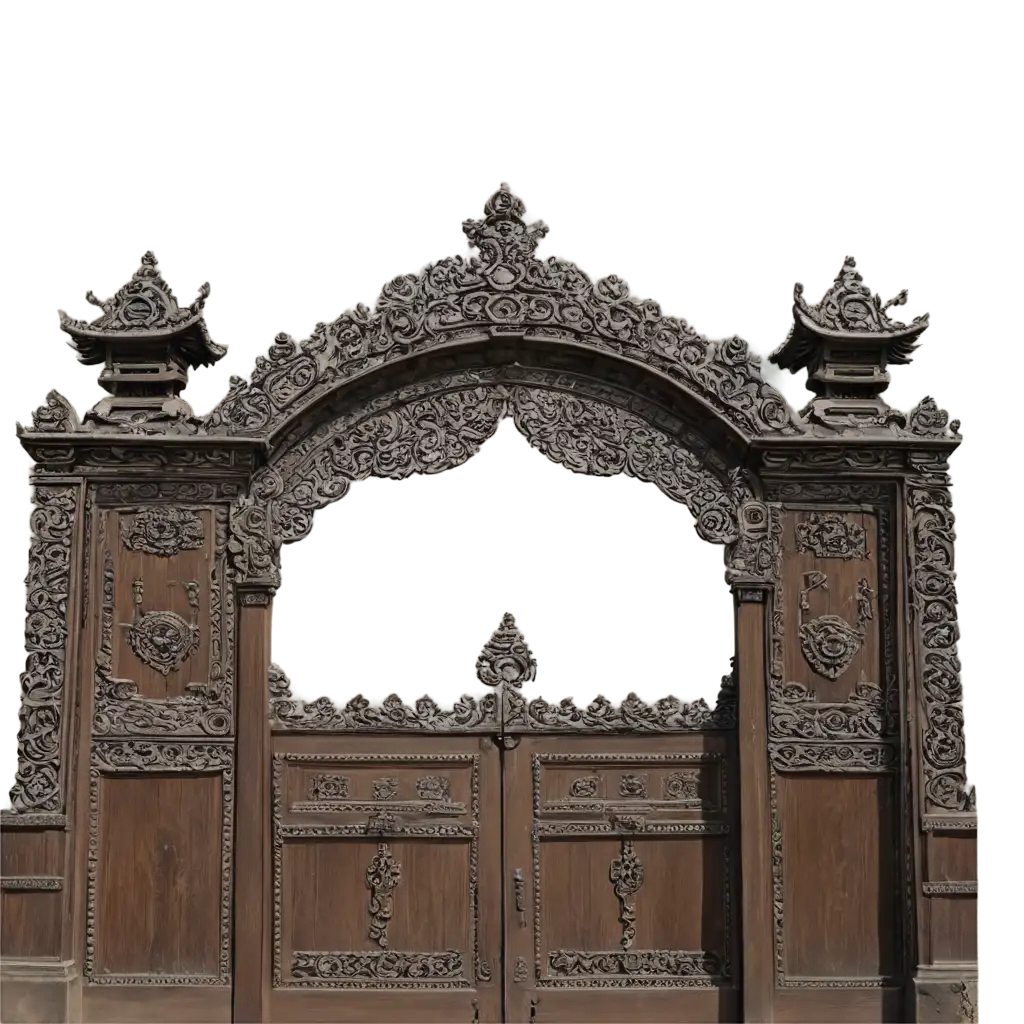
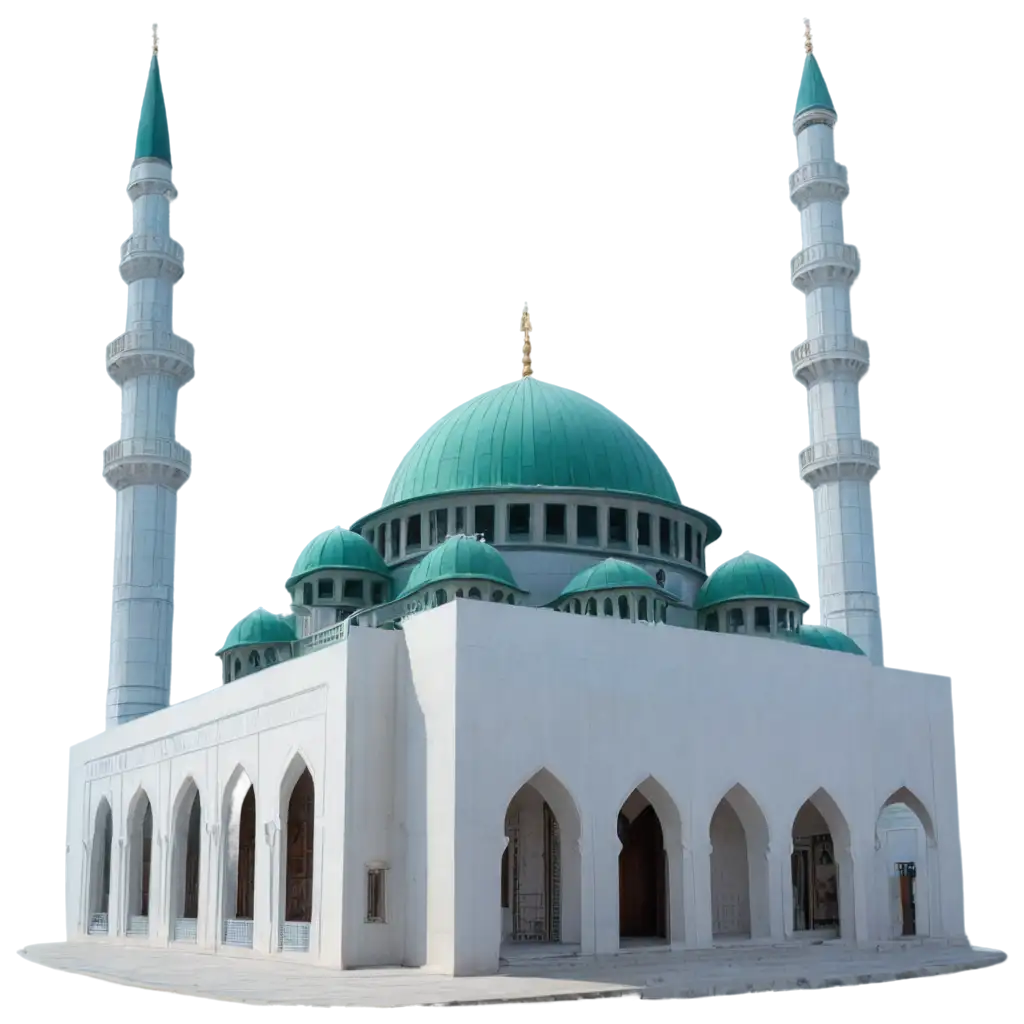
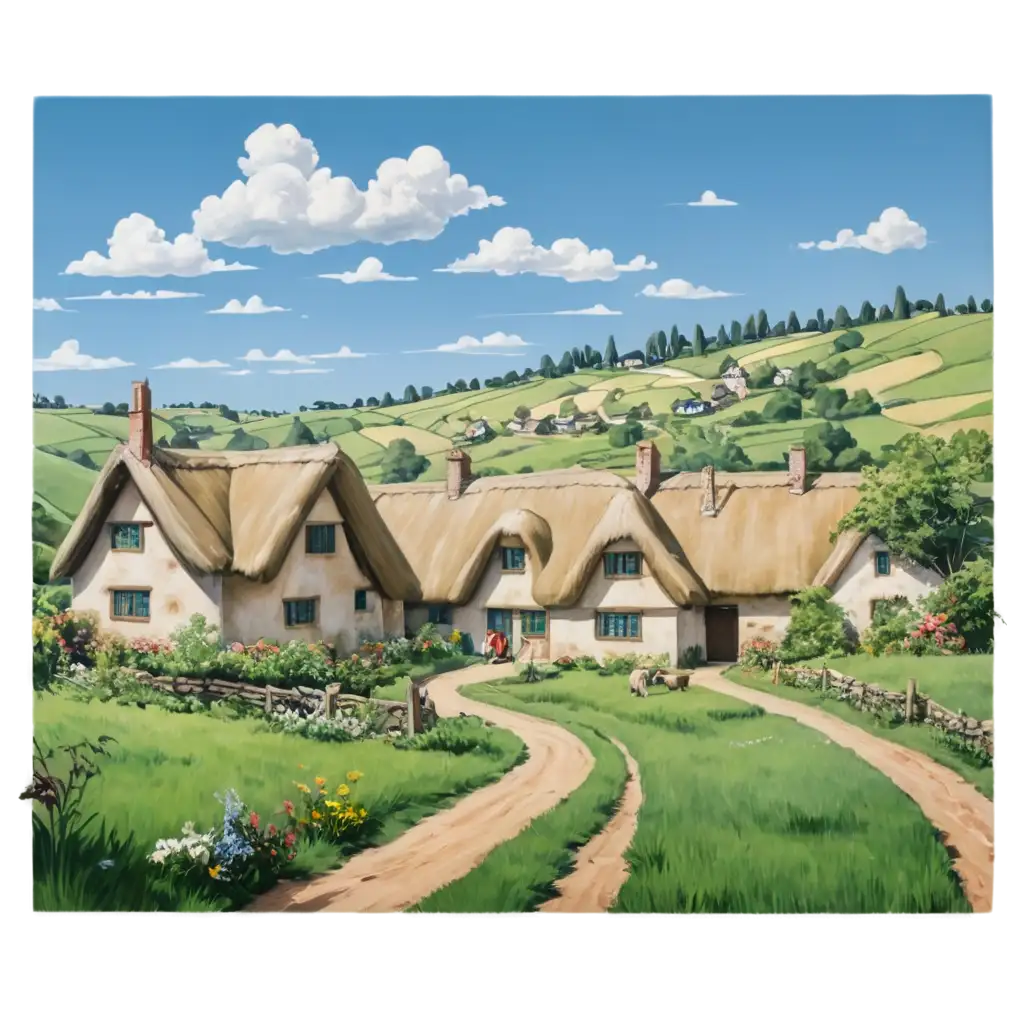
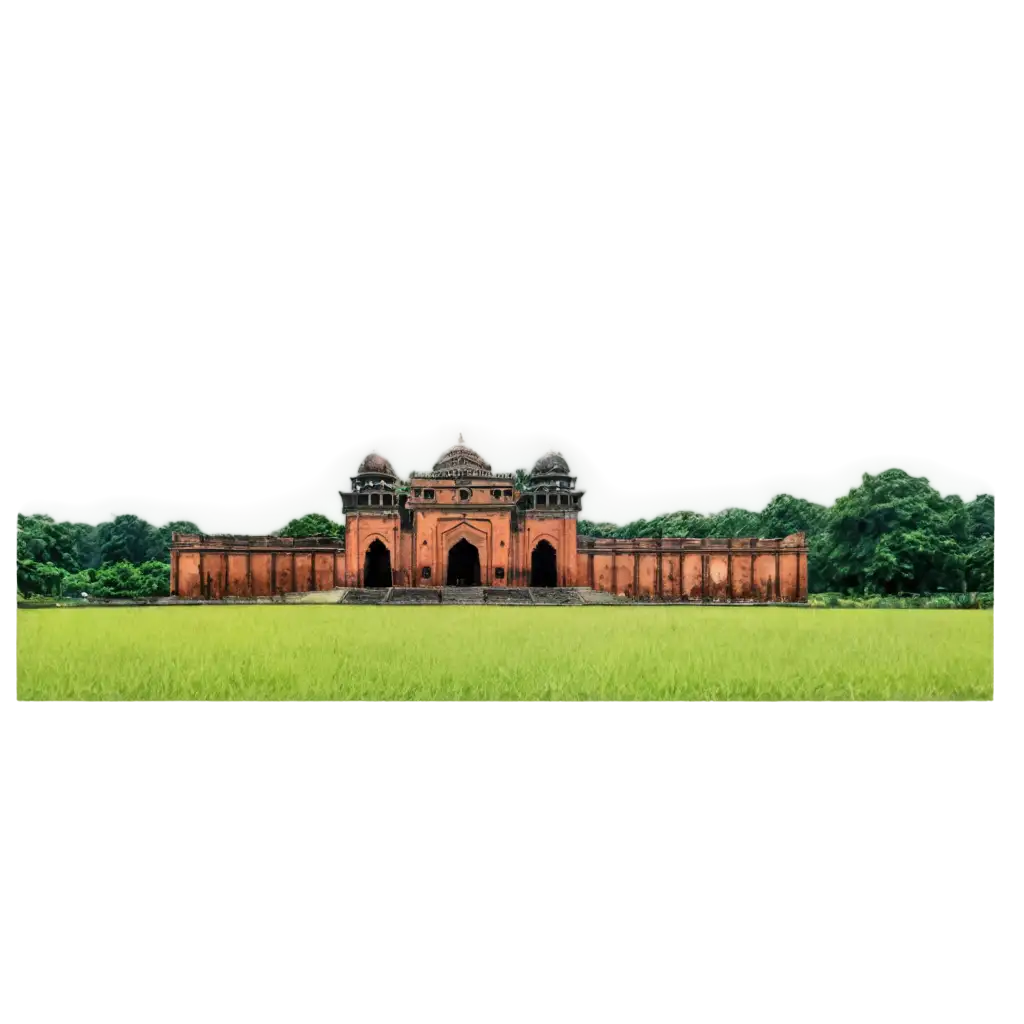
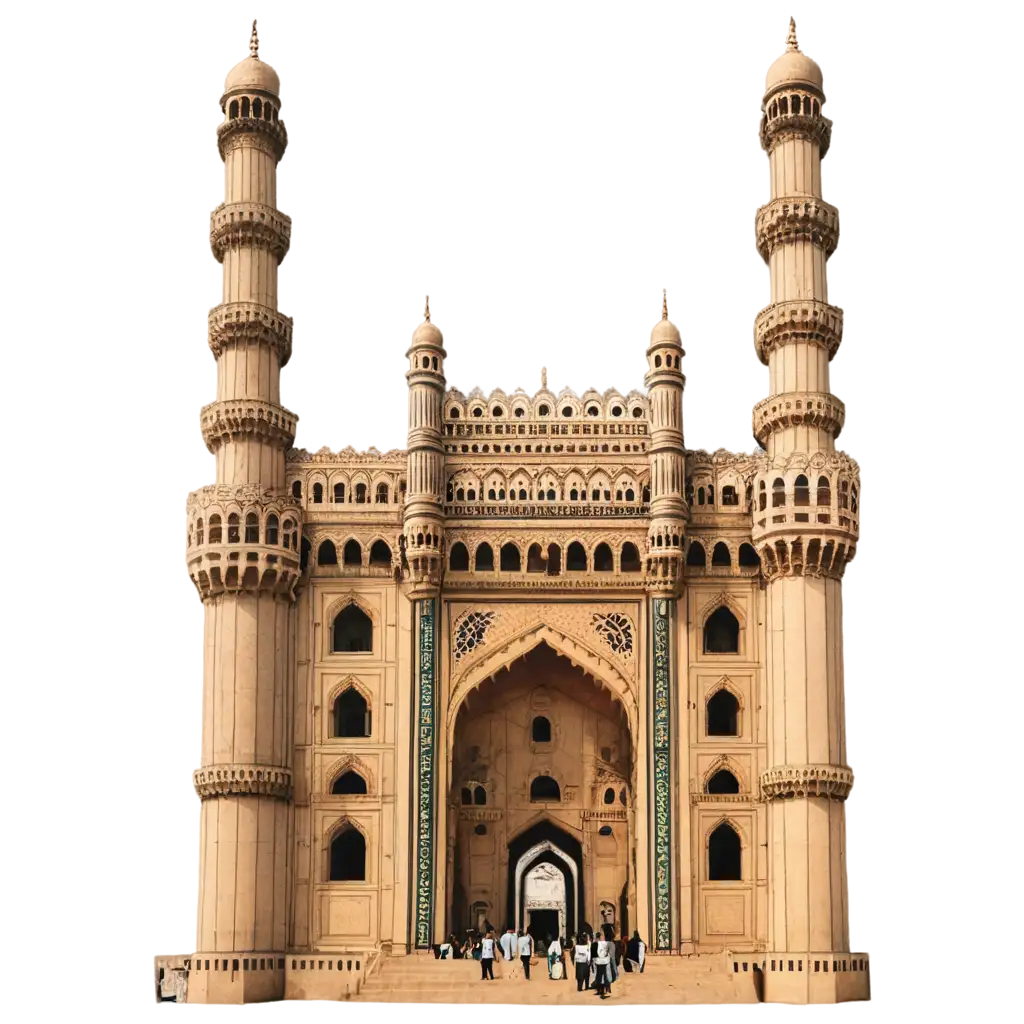

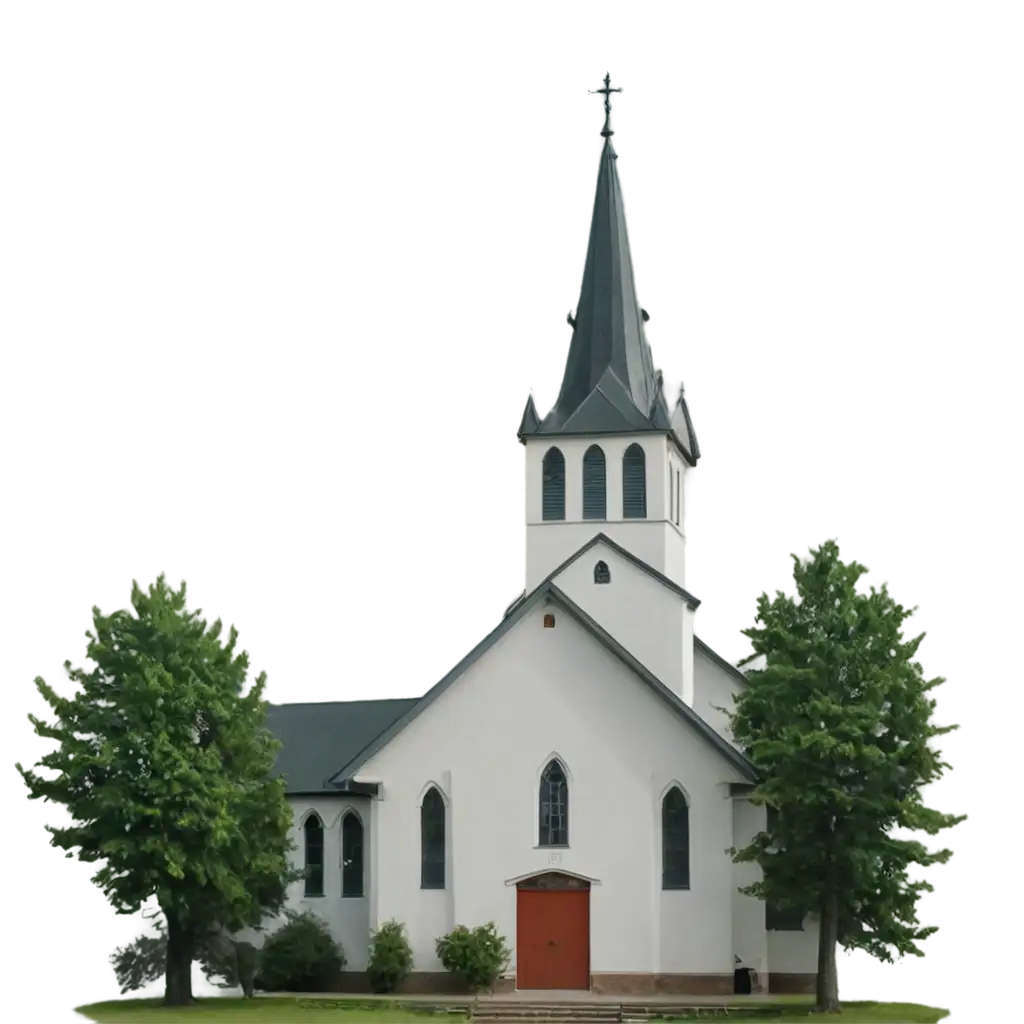
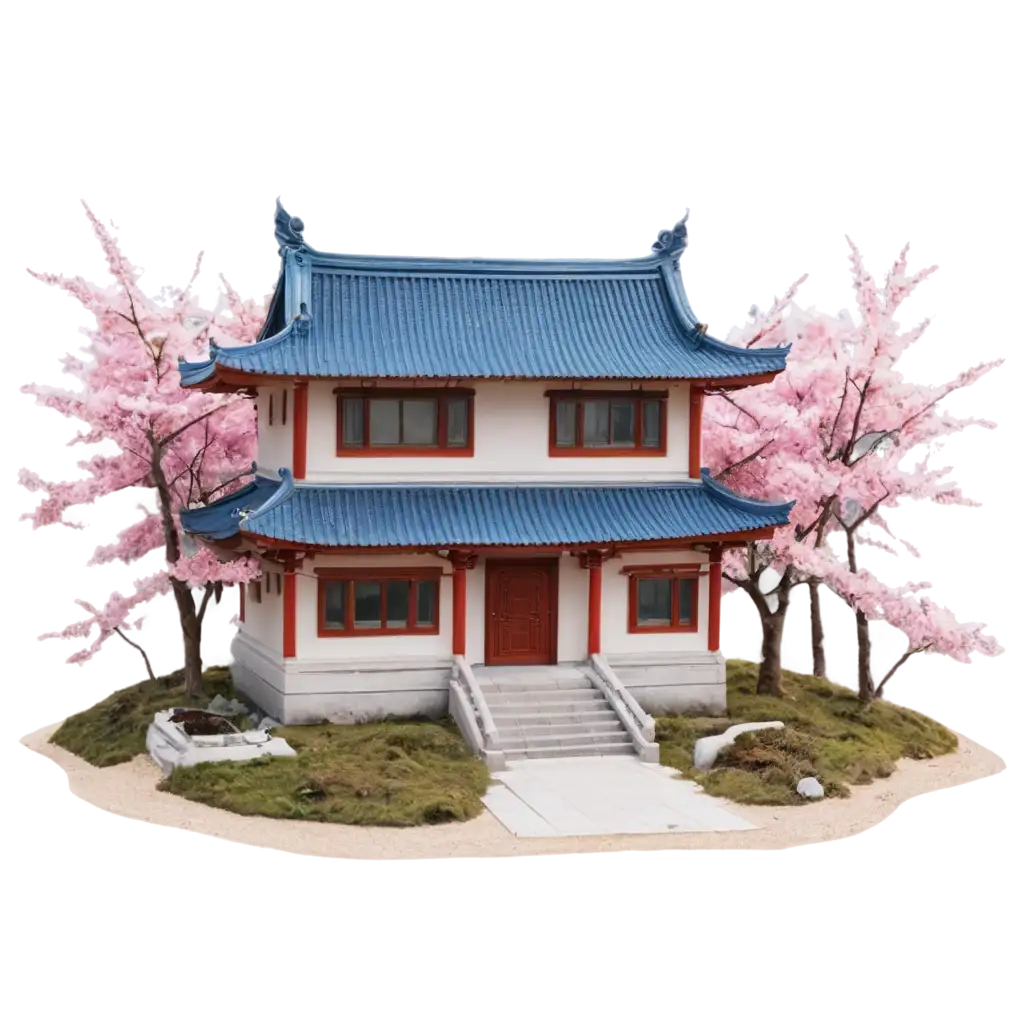
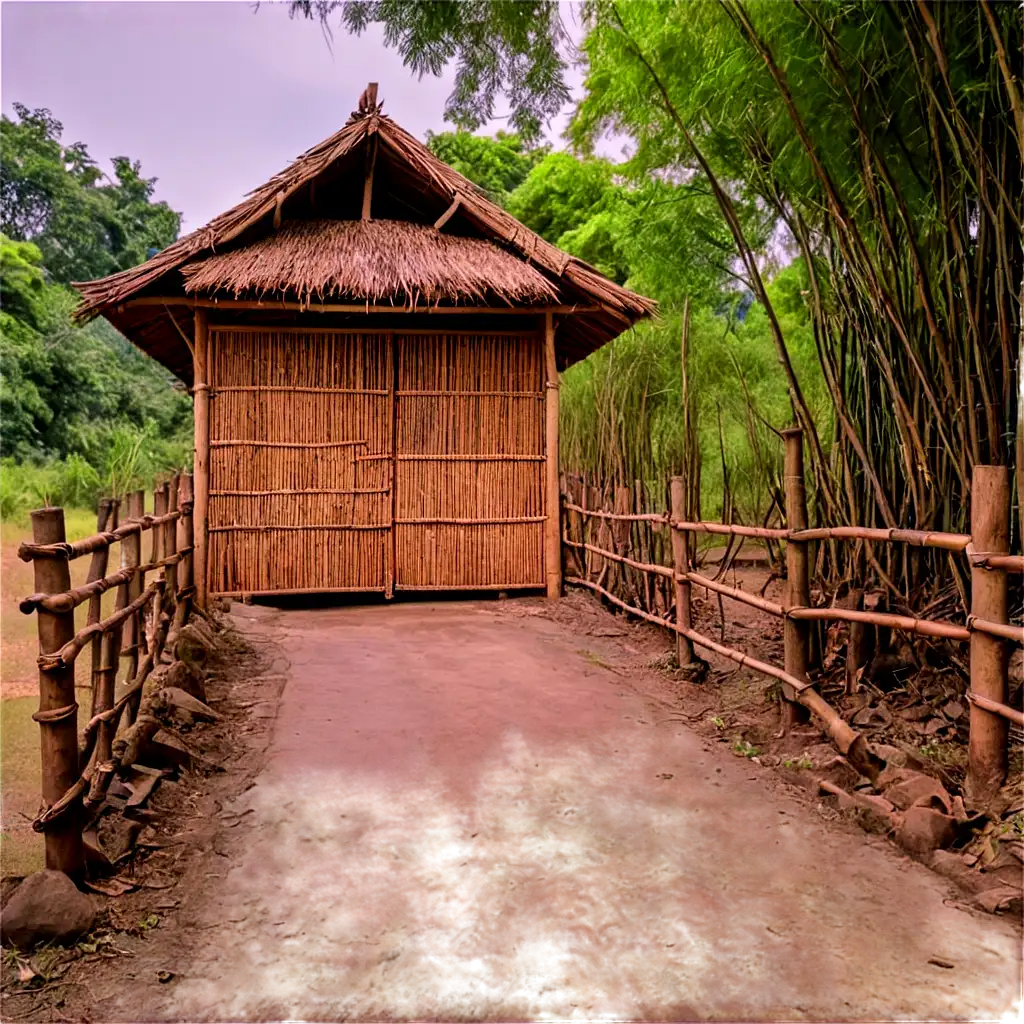
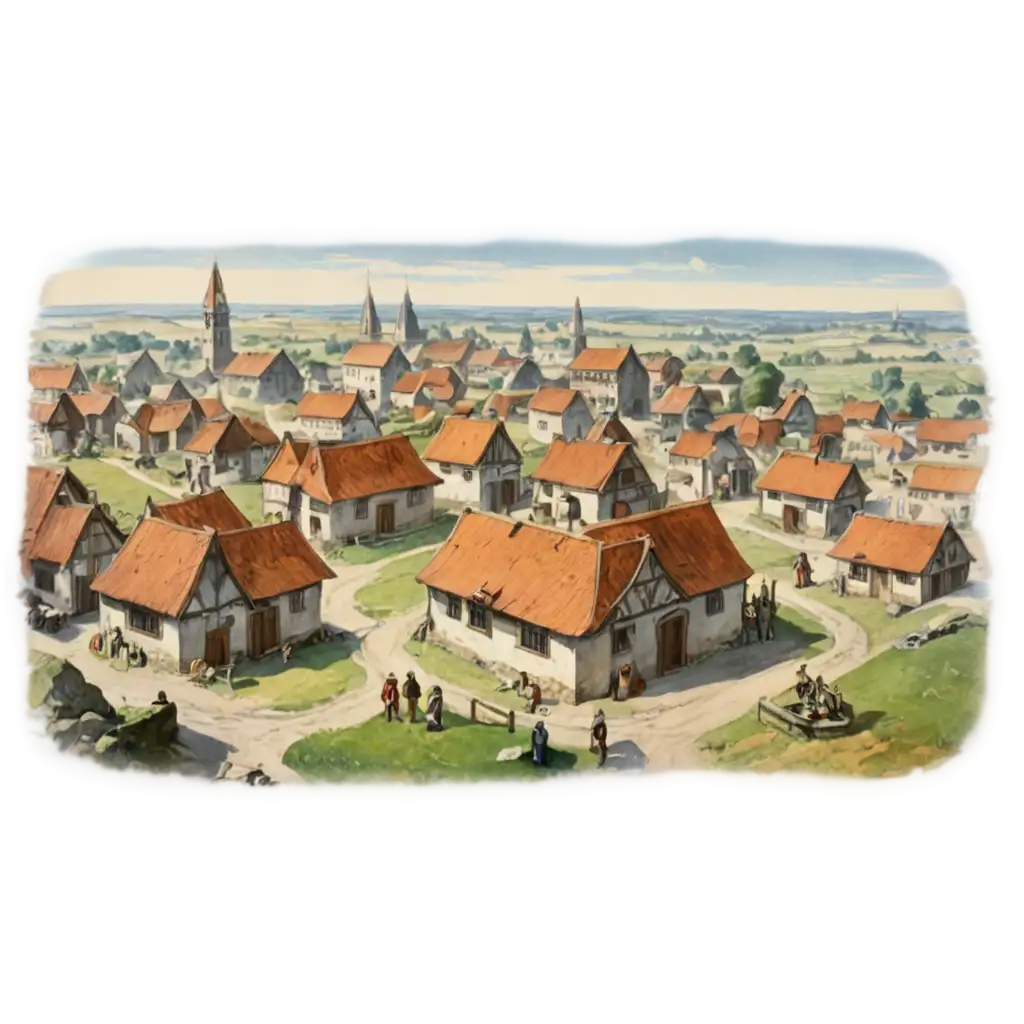
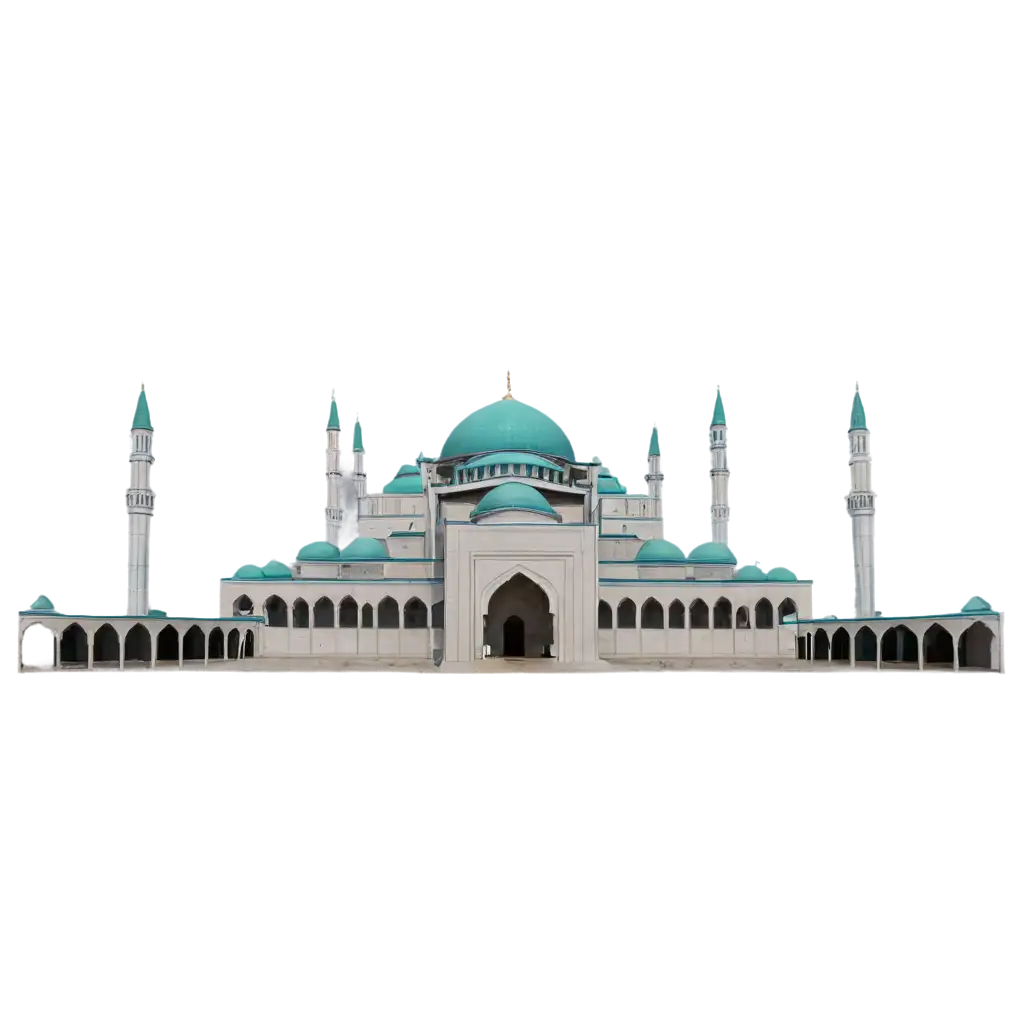
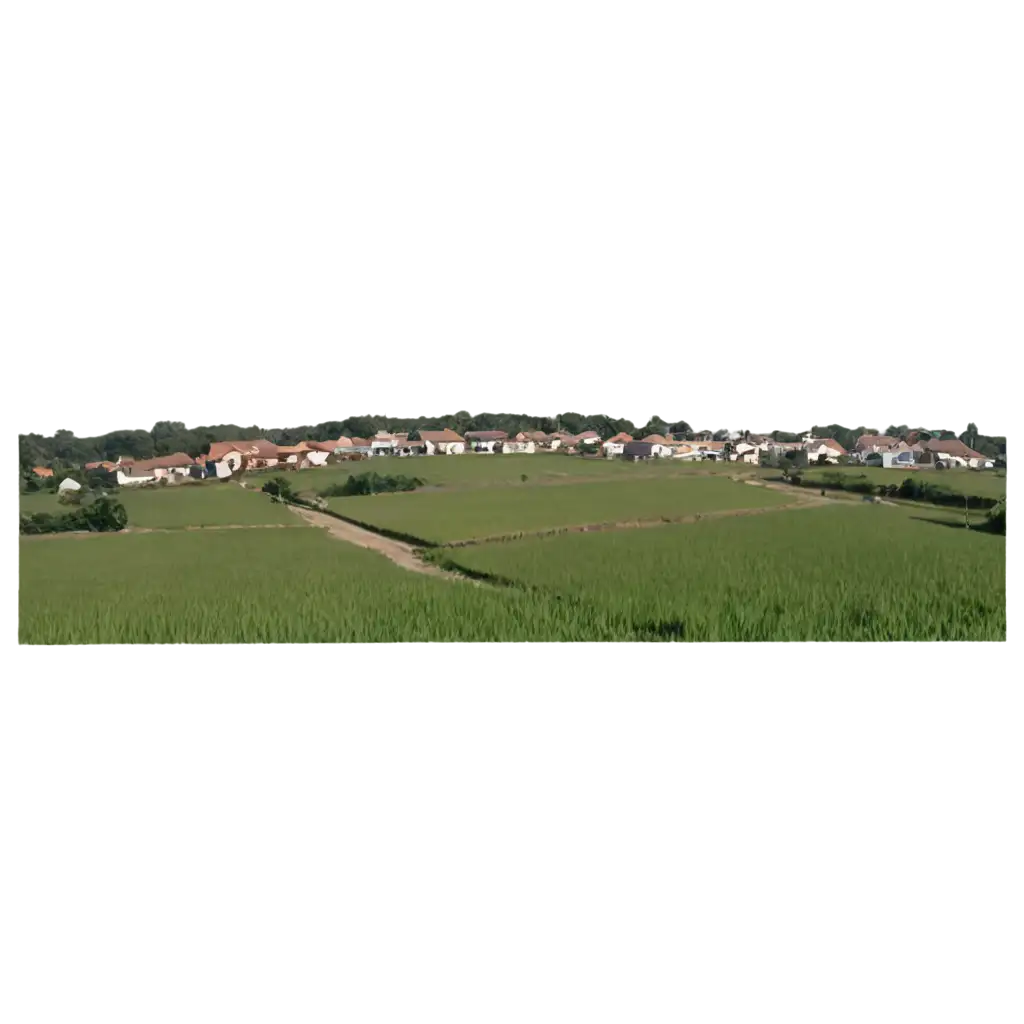
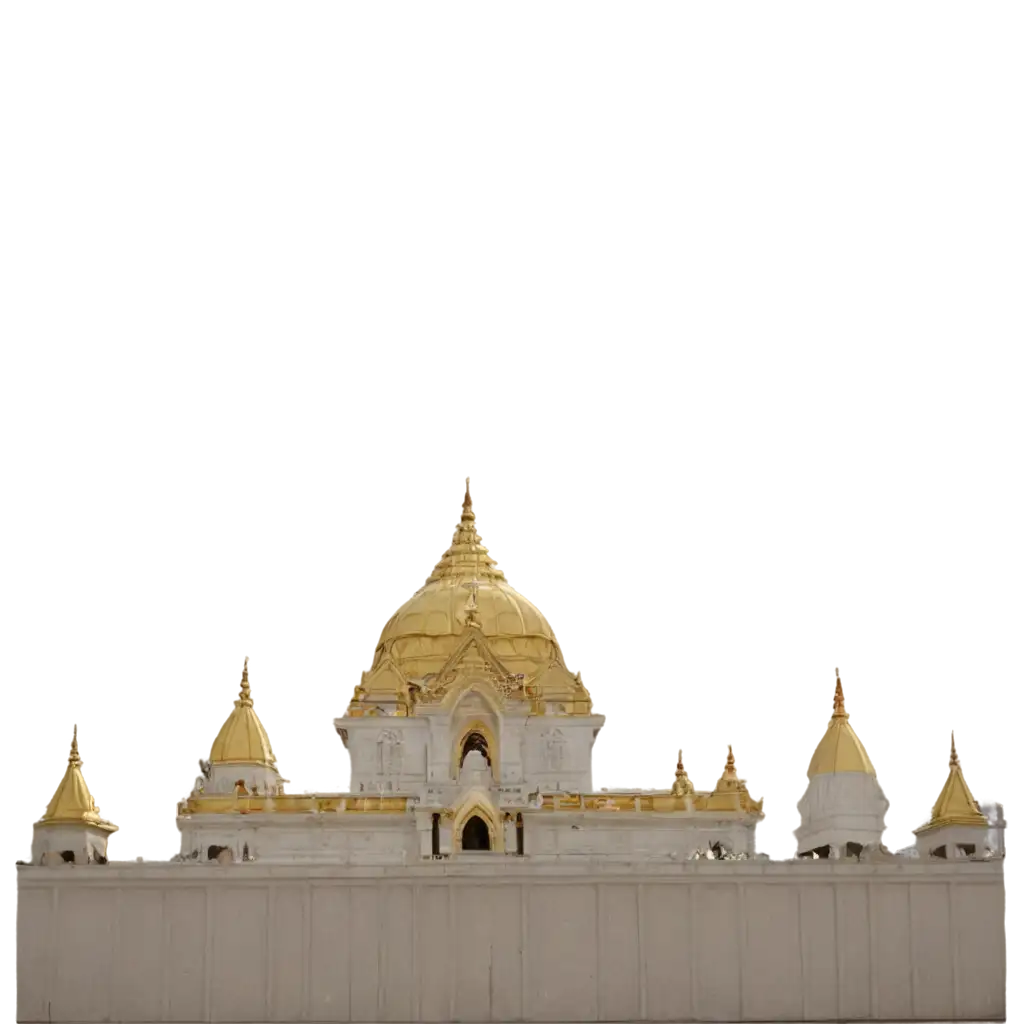
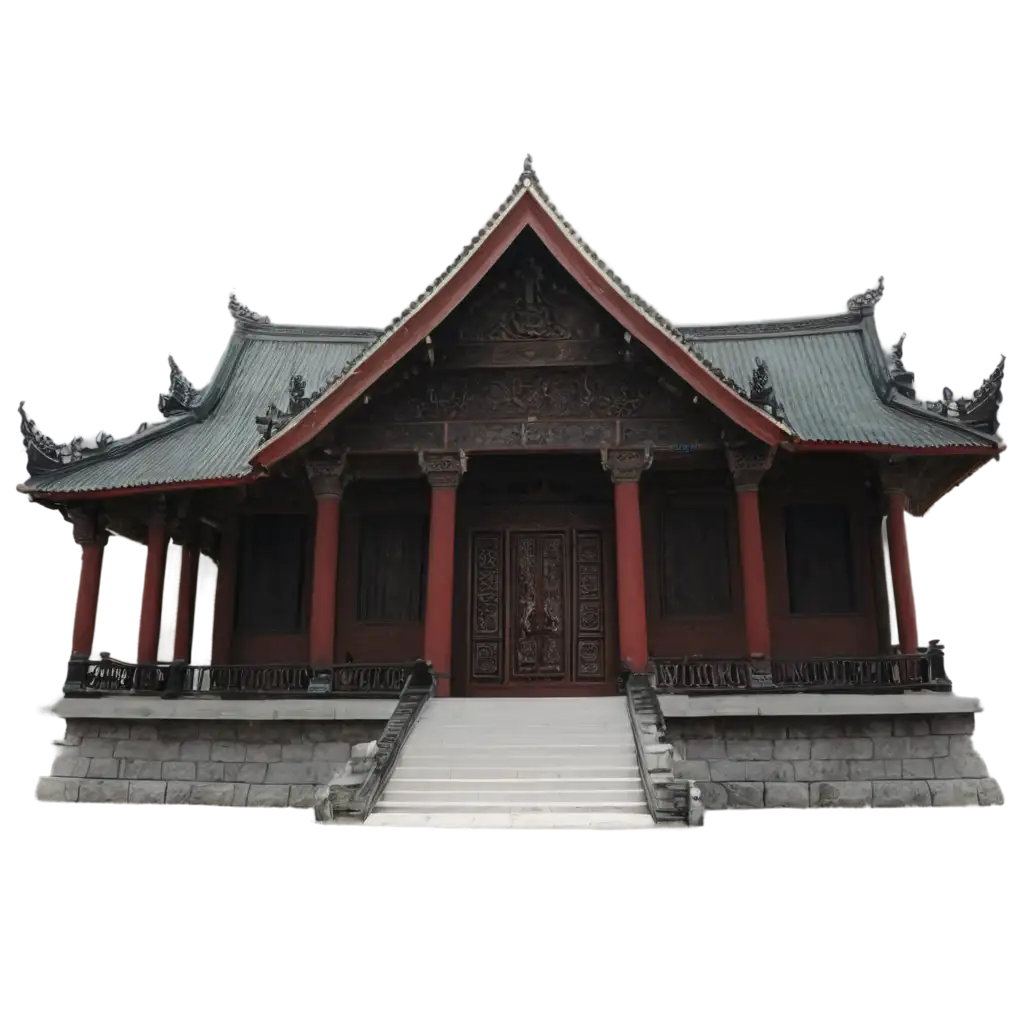
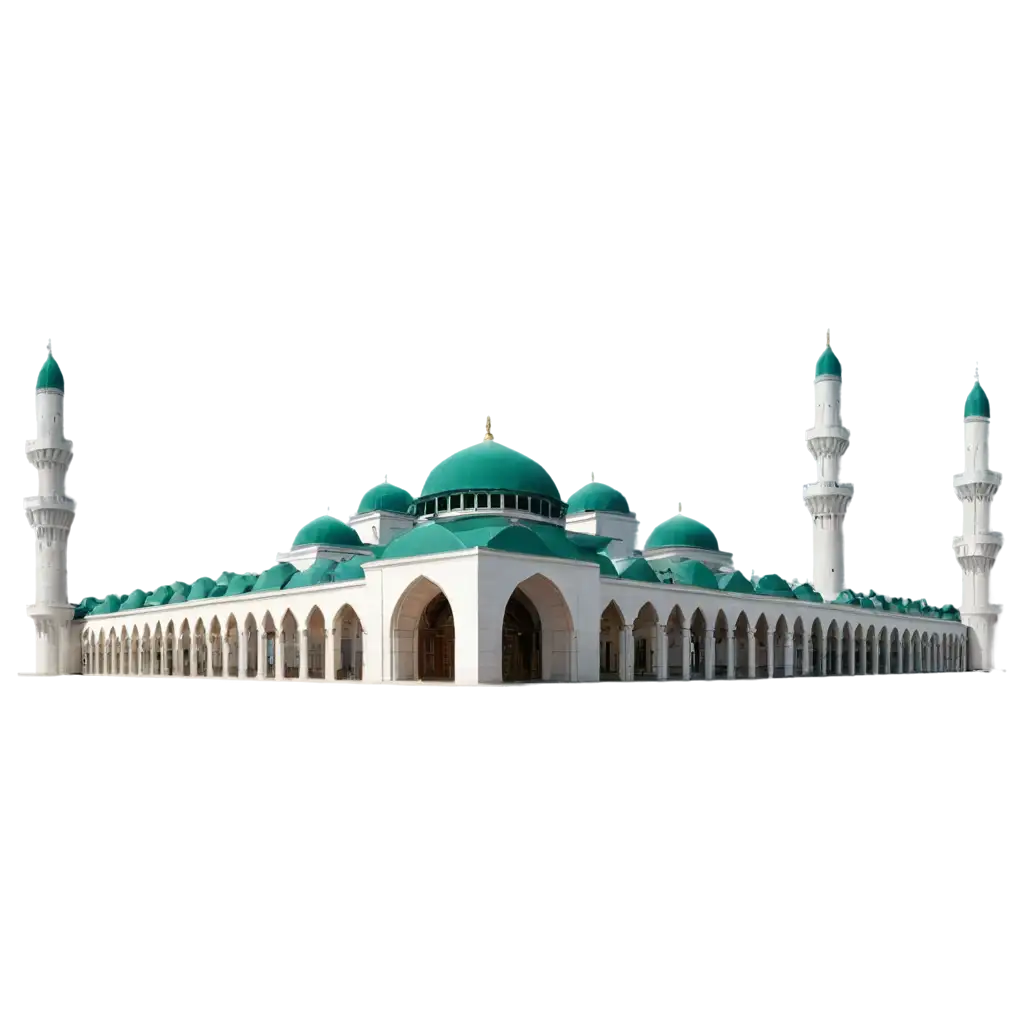
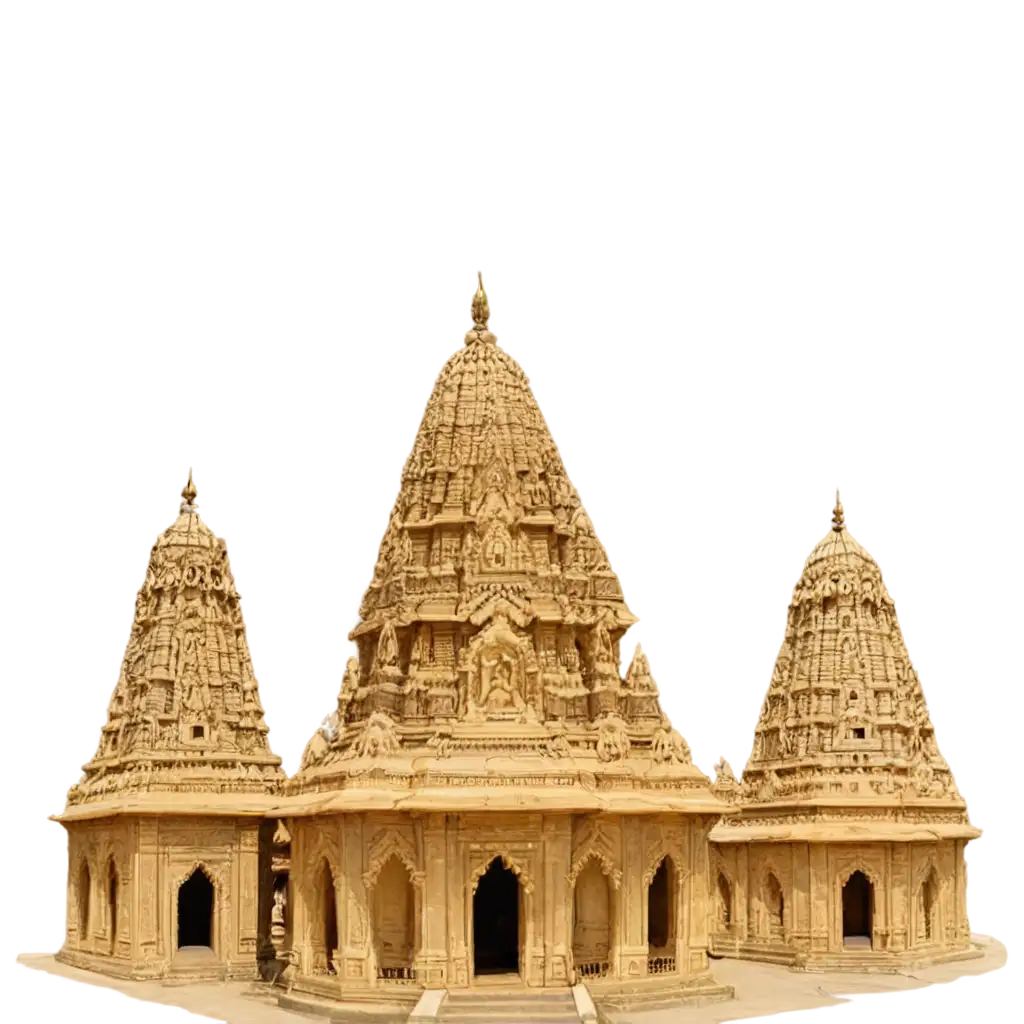
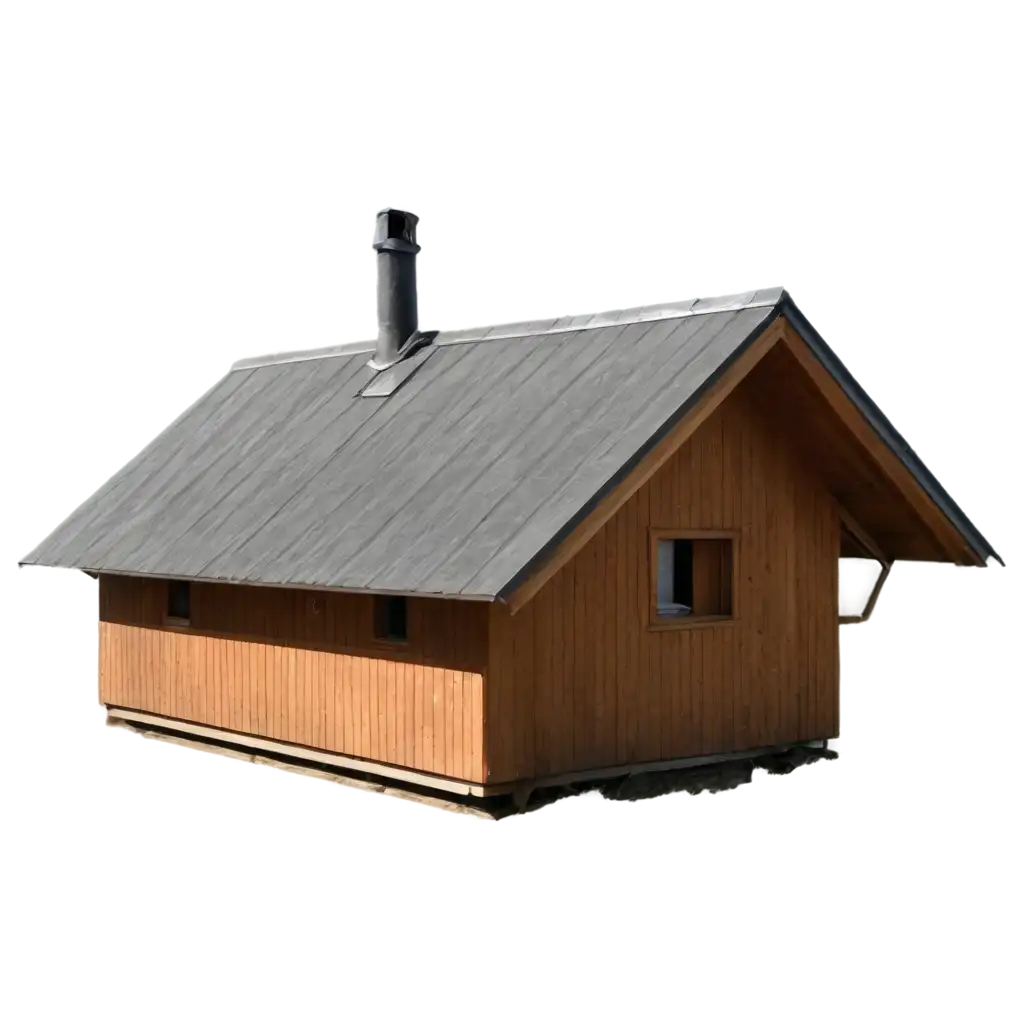
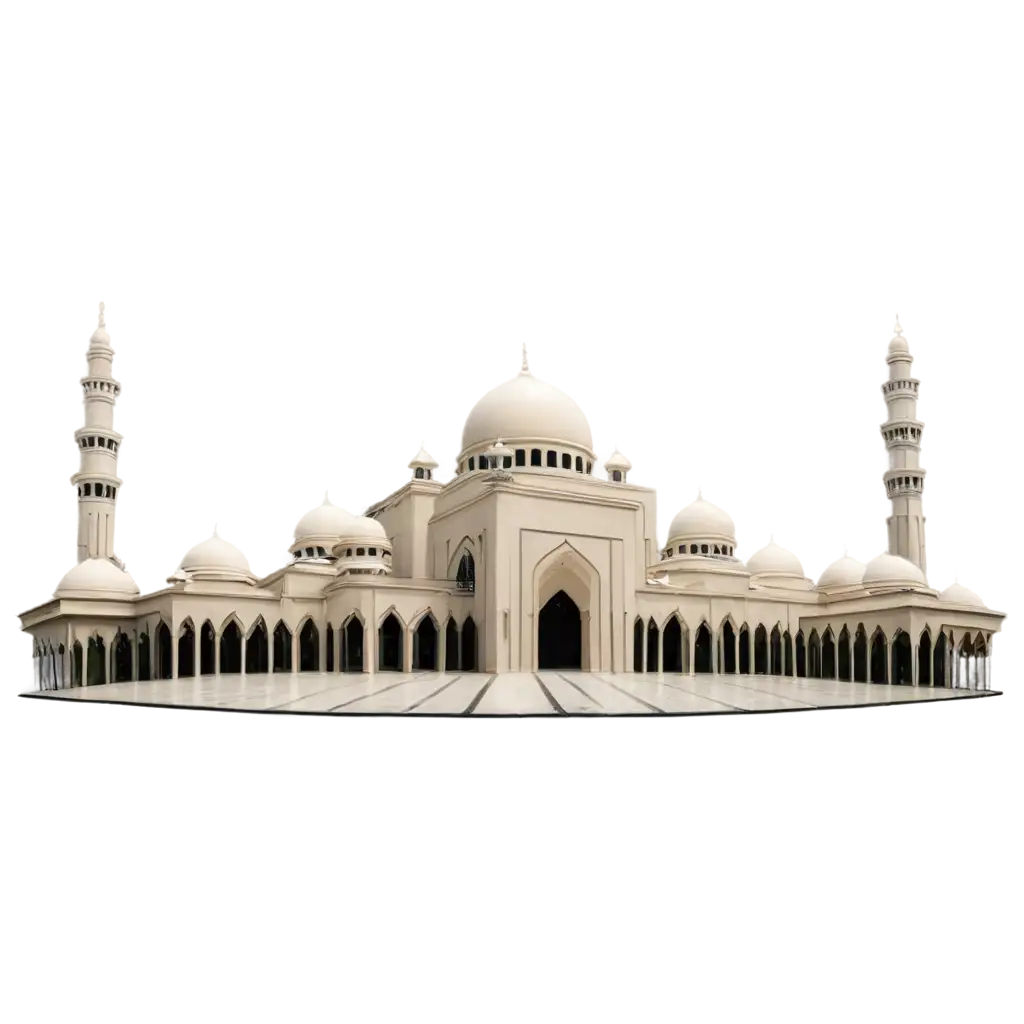
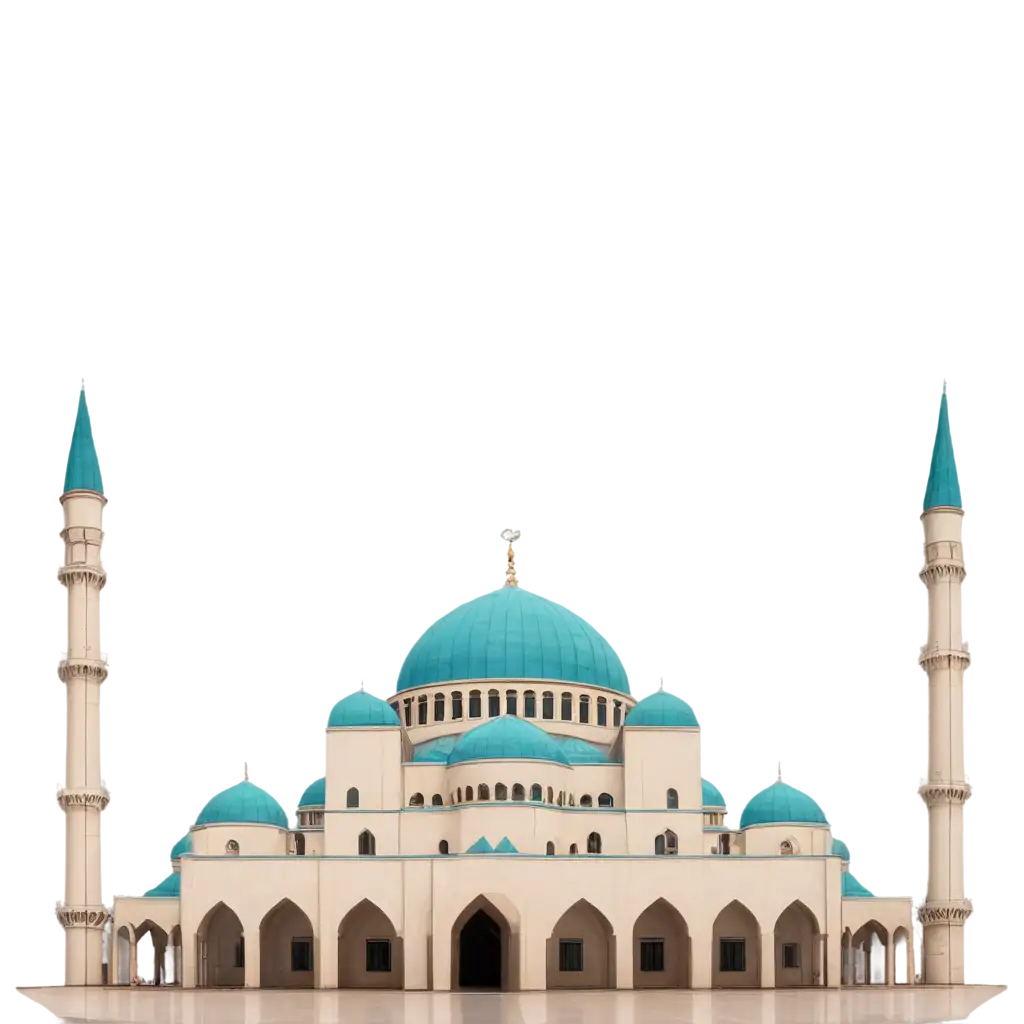
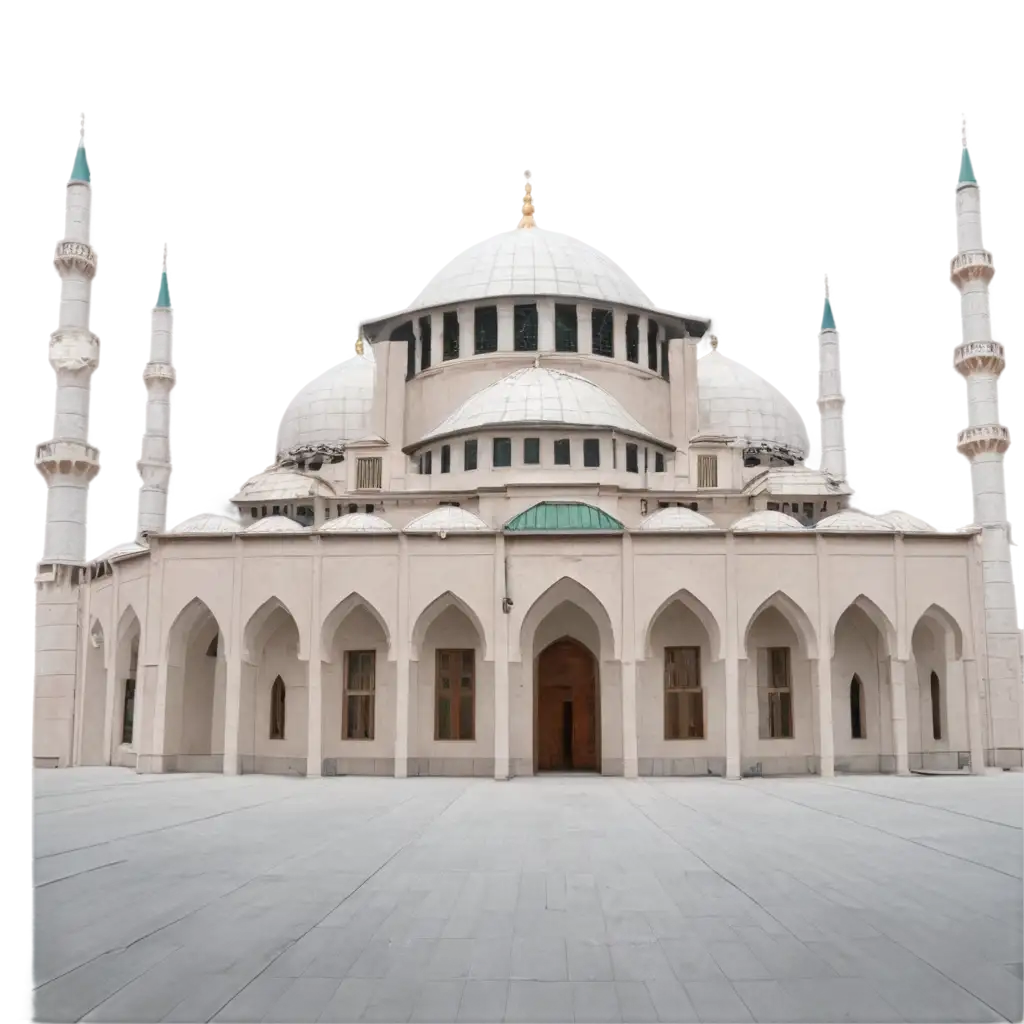
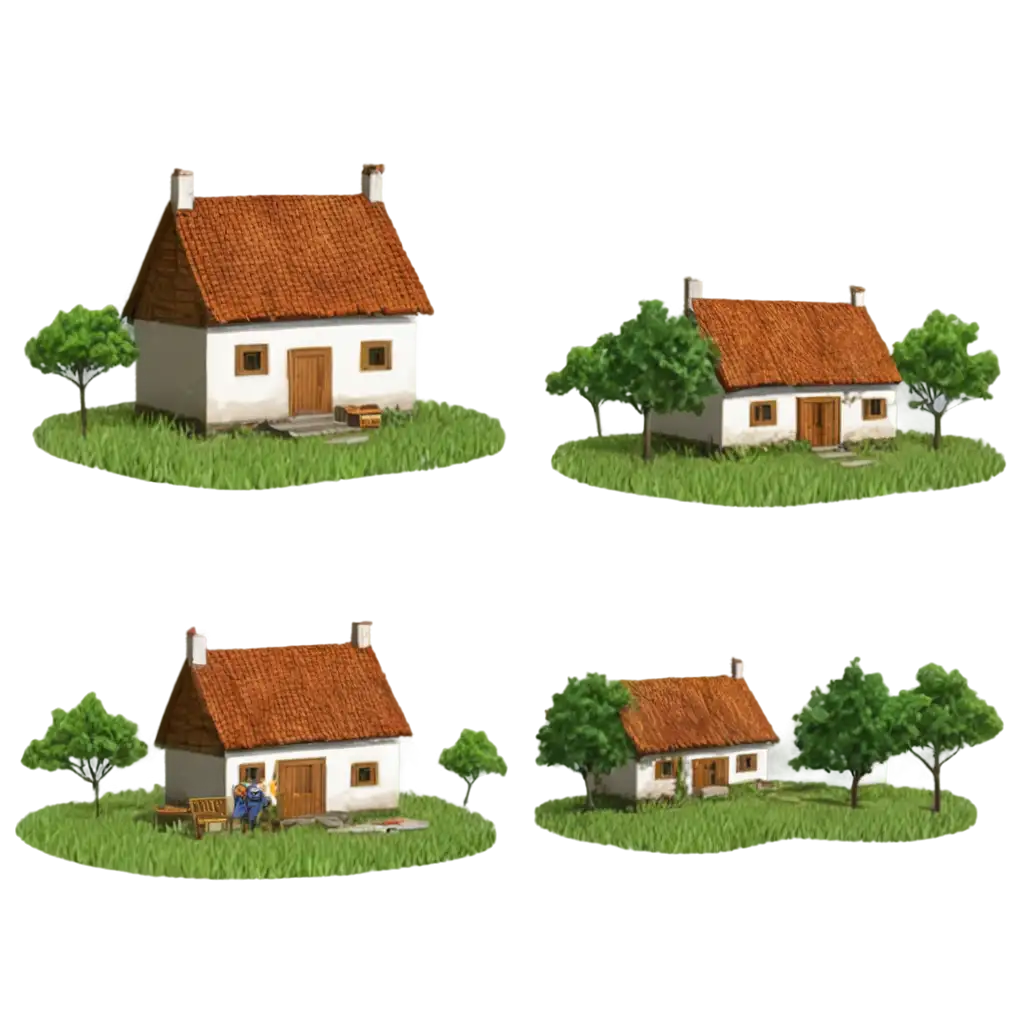
Related Tags
Traditional architecture represents the building practices that have evolved over centuries across different cultures and regions. From the grand temples of Ancient Greece and the intricate pagodas of East Asia to the robust Gothic cathedrals of Europe and the sustainable desert architecture of the Middle East, each style reflects unique cultural values, local climate adaptations, and available building materials. These architectural traditions have been carefully preserved and documented, serving as inspiration for modern designers and architects who seek to incorporate historical elements into contemporary buildings while maintaining cultural authenticity.
Traditional Architecture Through the Ages: A Global Heritage Perspective
Traditional architecture is distinguished by several key features that vary by region and culture. Common elements include the use of local materials such as stone, wood, and clay; climate-responsive design principles like courtyards, wind towers, and deep eaves; and ornamental details such as carved woodwork, decorative tiles, and symbolic motifs. The architecture often incorporates structural innovations like flying buttresses in Gothic cathedrals, the bracket system in Chinese temples, or the ingenious cooling systems of Persian wind catchers. These elements not only served practical purposes but also reflected the spiritual and cultural values of their societies, creating buildings that were both functional and deeply meaningful.
Essential Elements and Characteristics of Traditional Architecture
Traditional architecture photos serve as valuable resources for various contemporary applications. Architects and designers use these references to study historical construction techniques, incorporate authentic details into restoration projects, or blend traditional elements with modern design. These images are particularly useful in heritage conservation, architectural education, and cultural documentation. In the digital age, traditional architecture photos help preserve architectural heritage while inspiring new generations of designers. They're extensively used in academic research, architectural visualization, historical preservation planning, and as reference material for creating historically accurate 3D models and renderings.
From Reference to Design: Using Traditional Architecture Photos in Modern Projects
AI-generated traditional architecture photos are revolutionizing how we study, preserve, and reimagine historical buildings. Advanced AI algorithms can now generate highly detailed visualizations of lost or partially destroyed architectural heritage, helping researchers and preservationists understand historical structures better. These technologies also enable the creation of alternative historical scenarios, showing how buildings might have evolved under different circumstances. The integration of AI in architectural visualization is opening new possibilities for heritage conservation, educational resources, and architectural design, while ensuring that traditional architectural knowledge continues to influence and inspire future generations of builders and designers.
The Future of Traditional Architecture in Digital Visualization